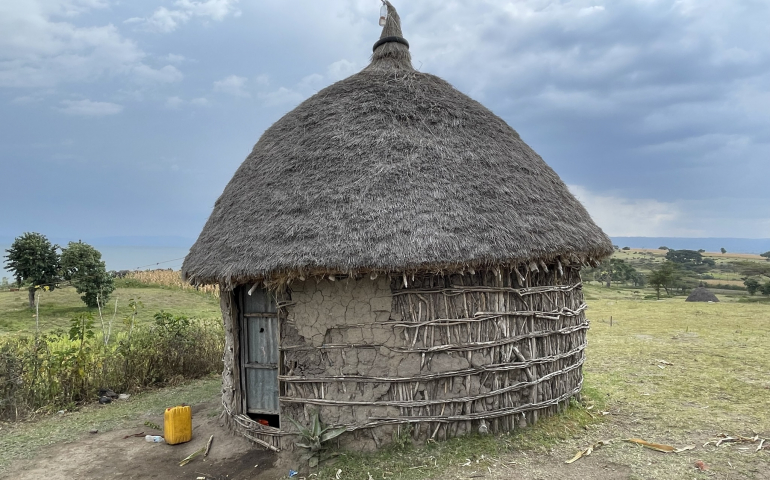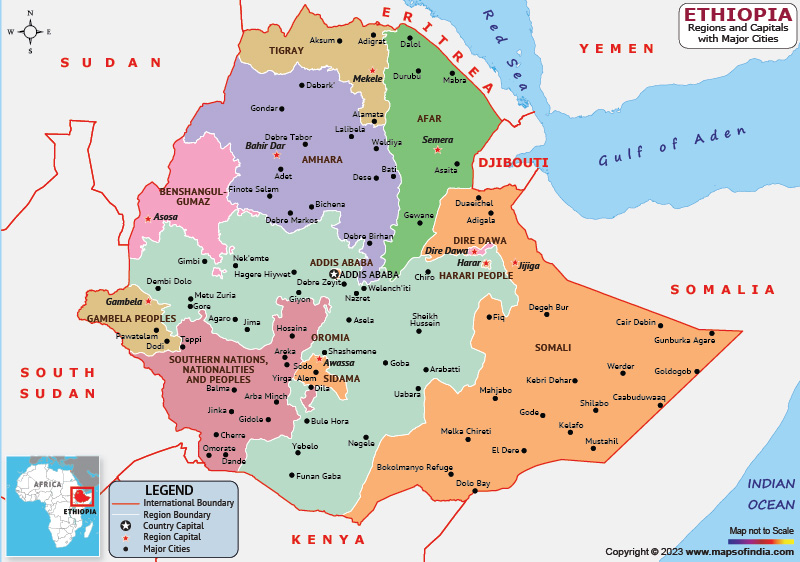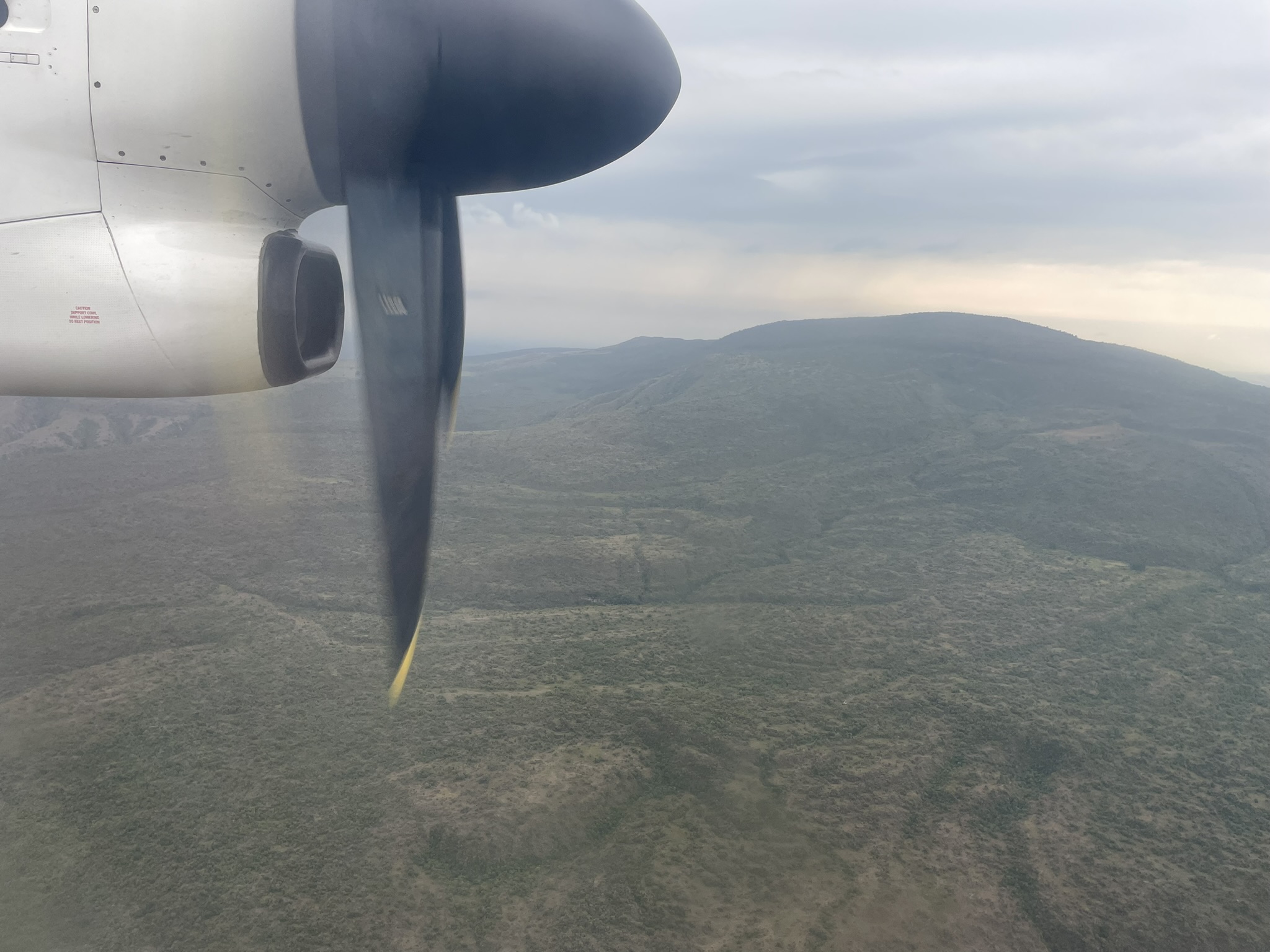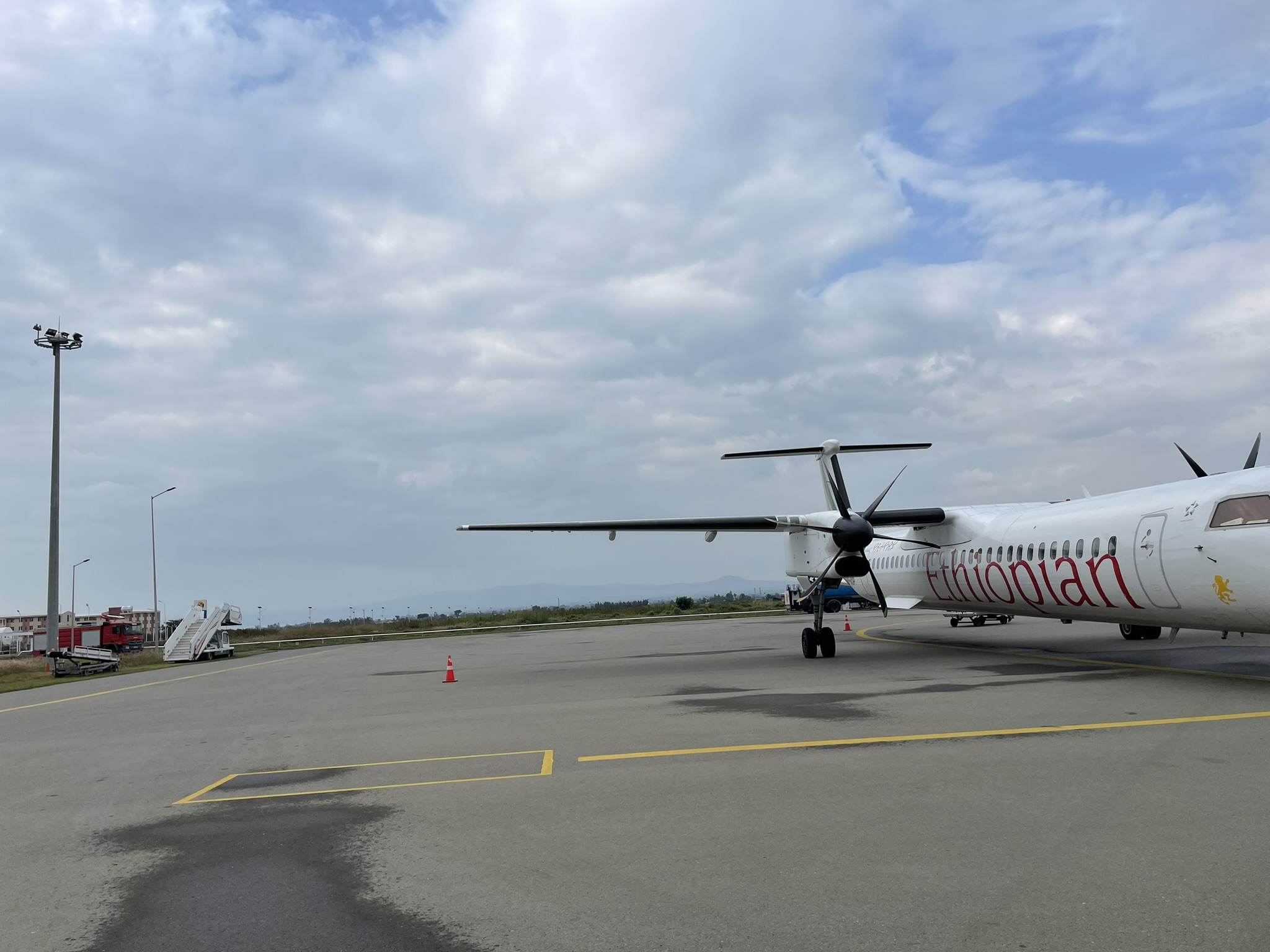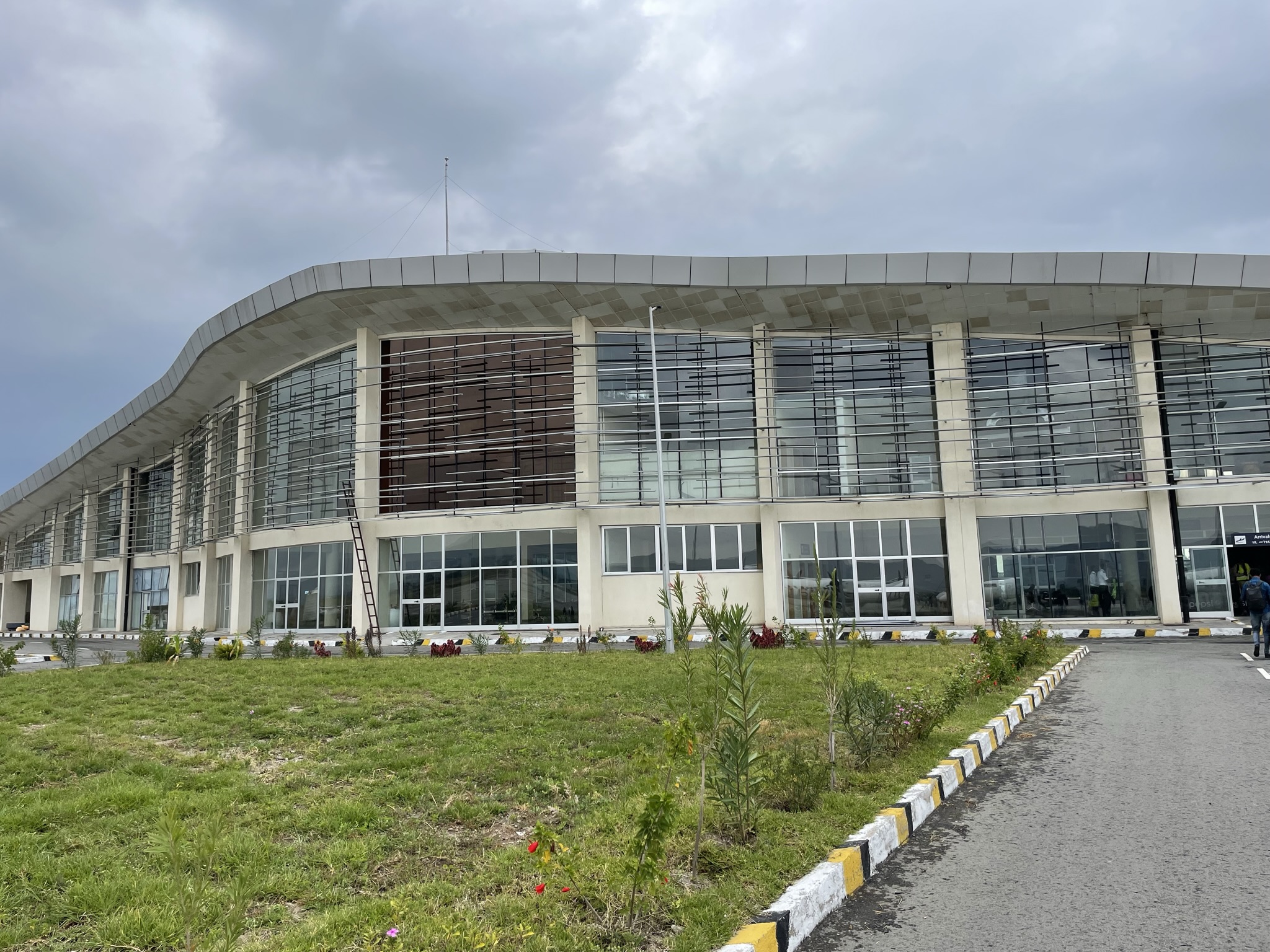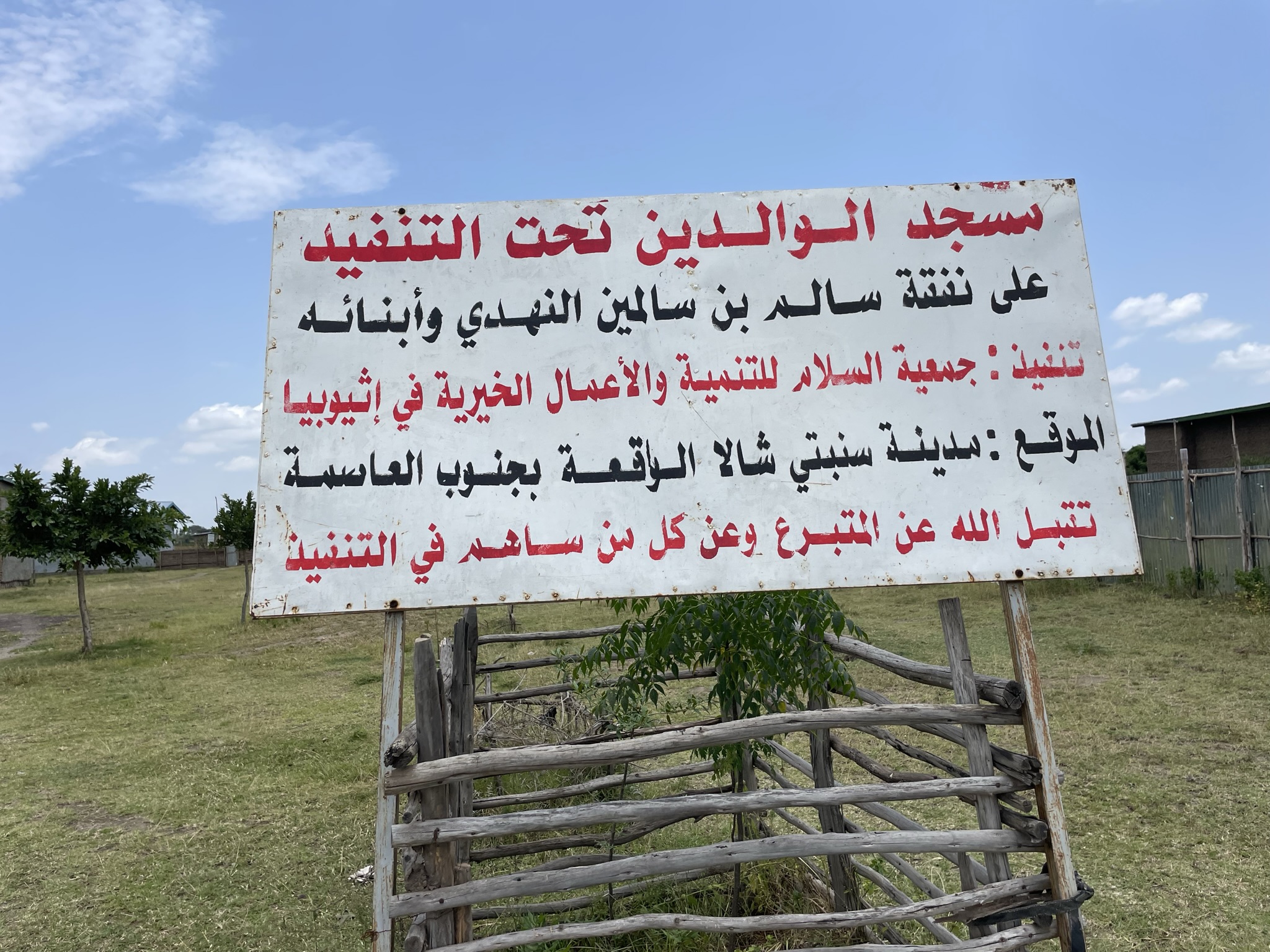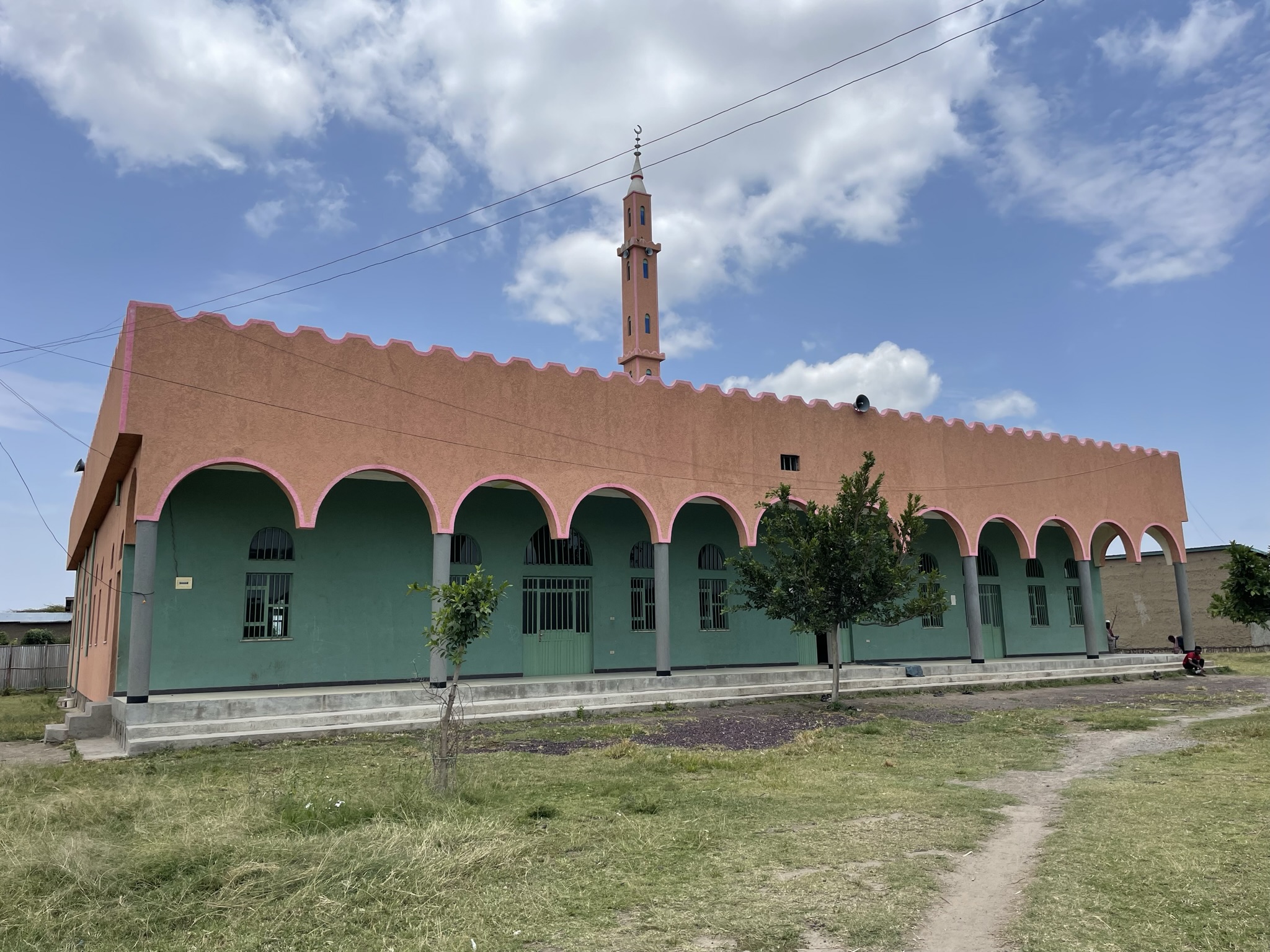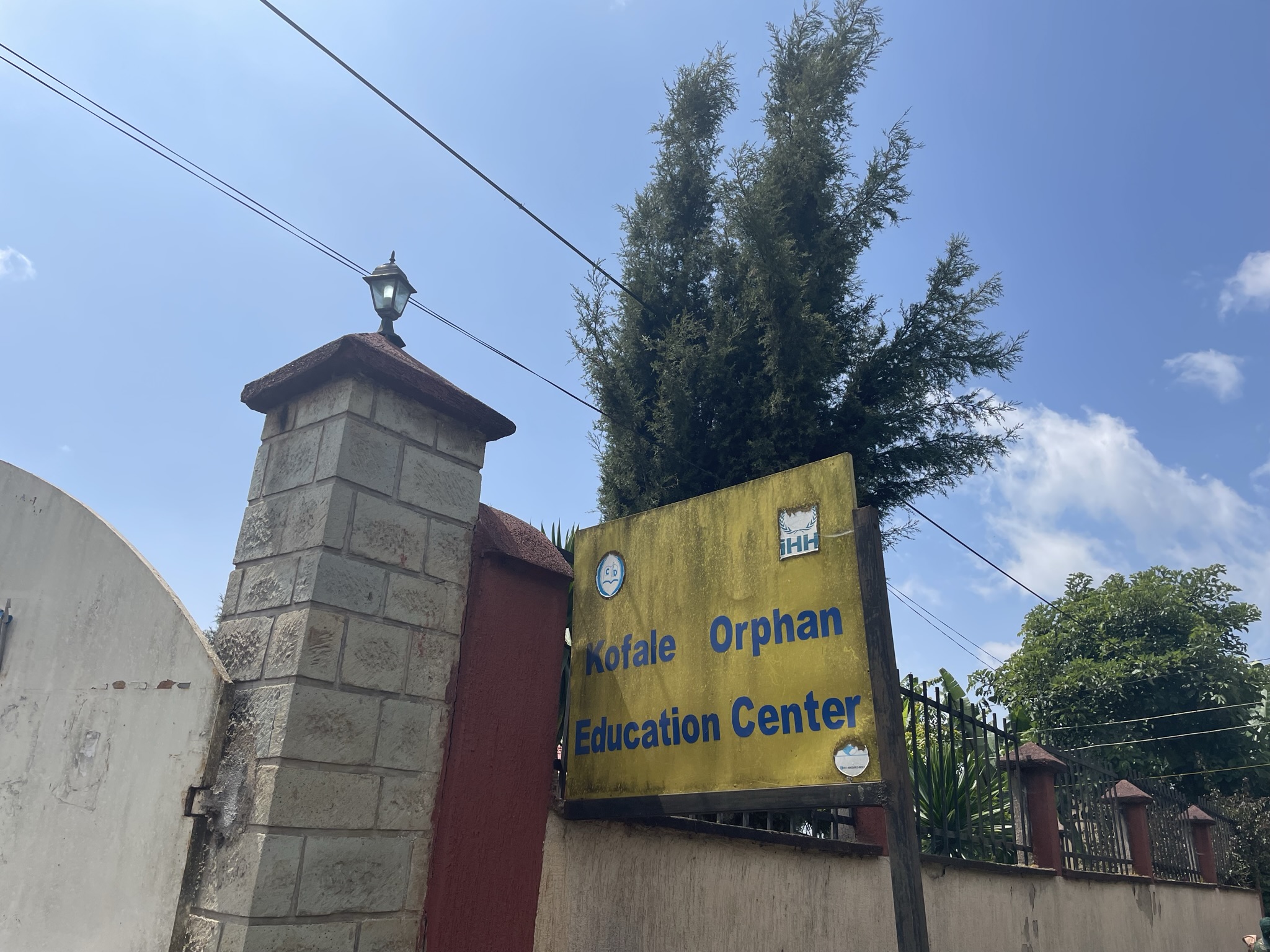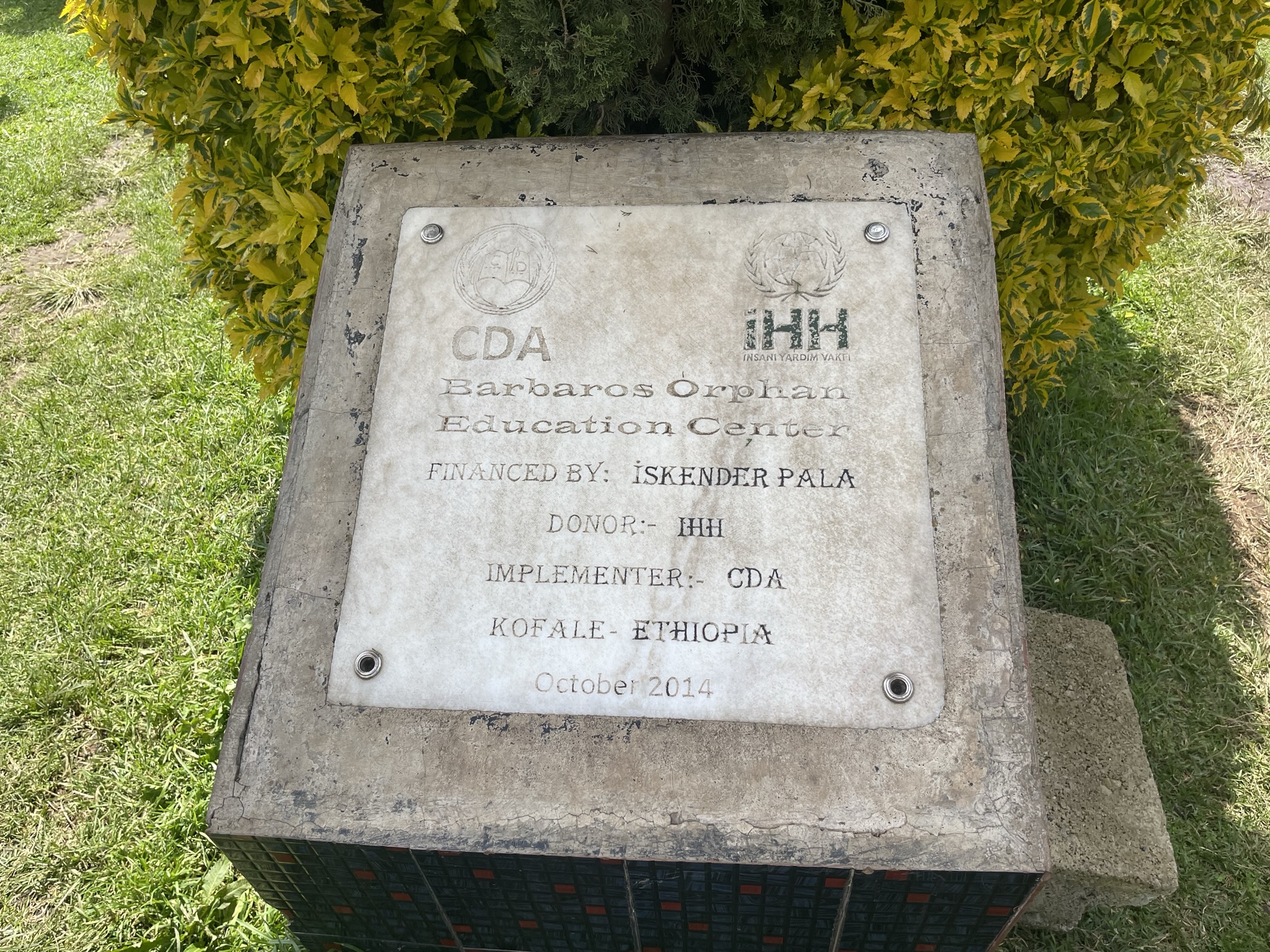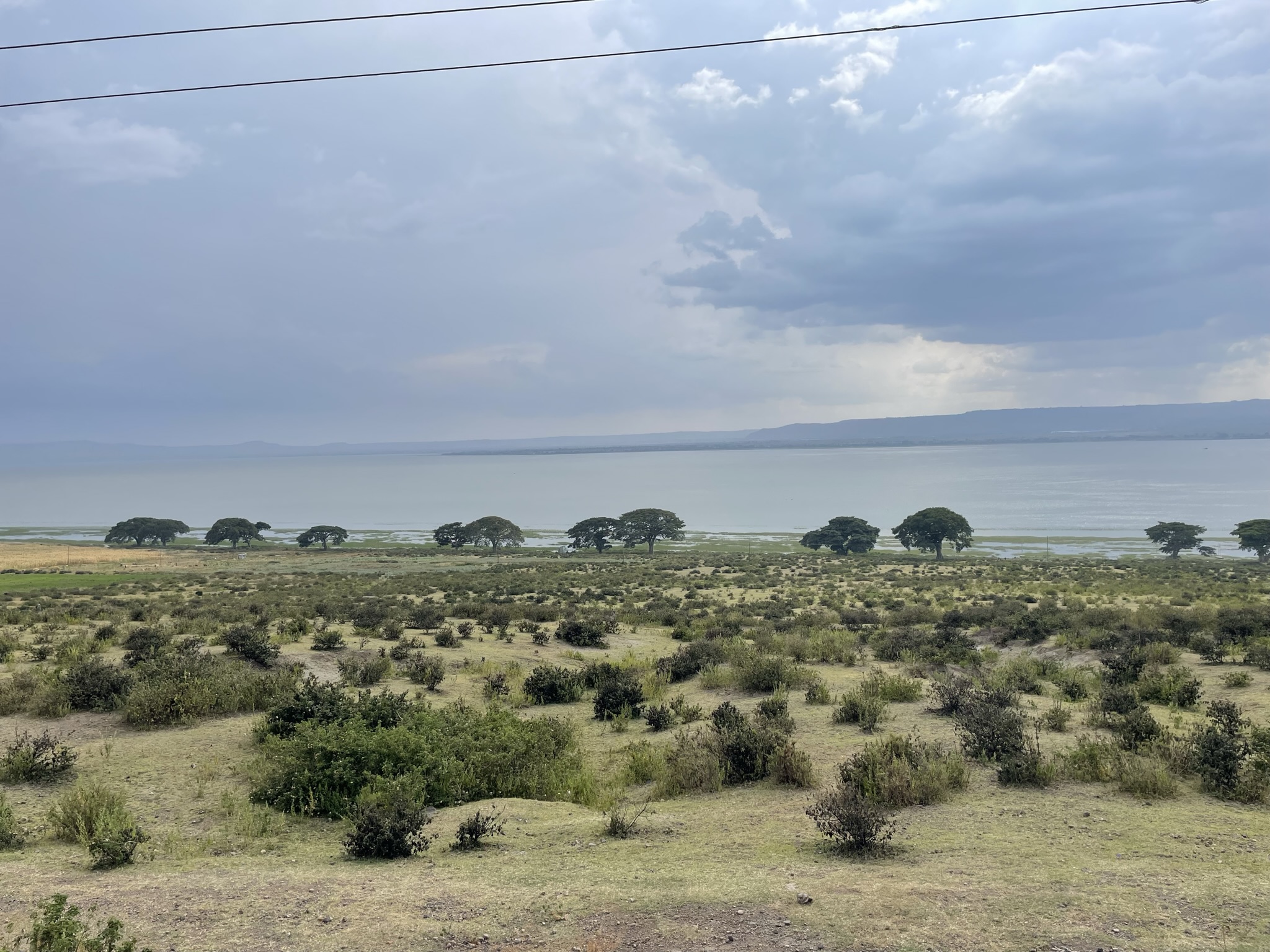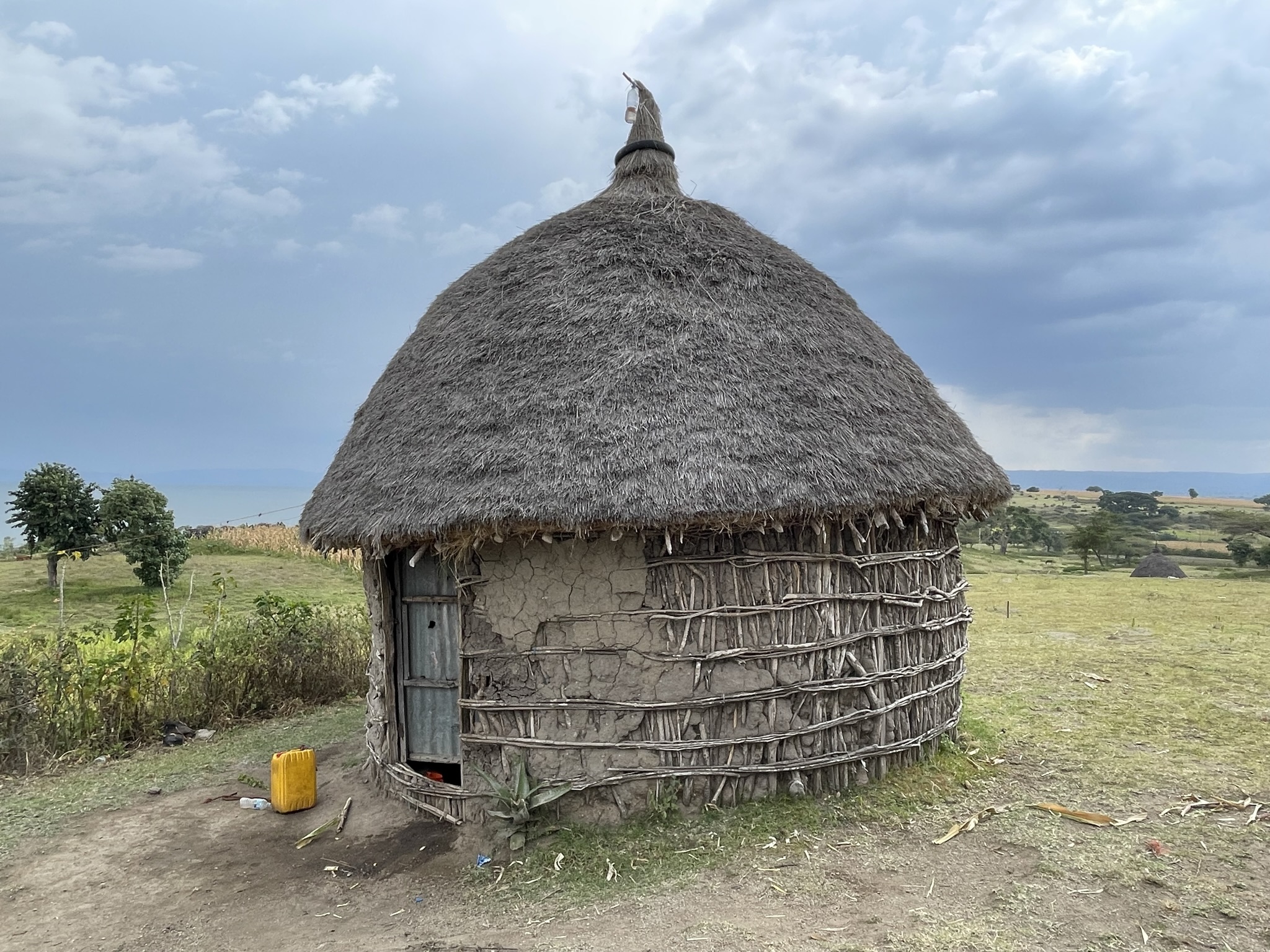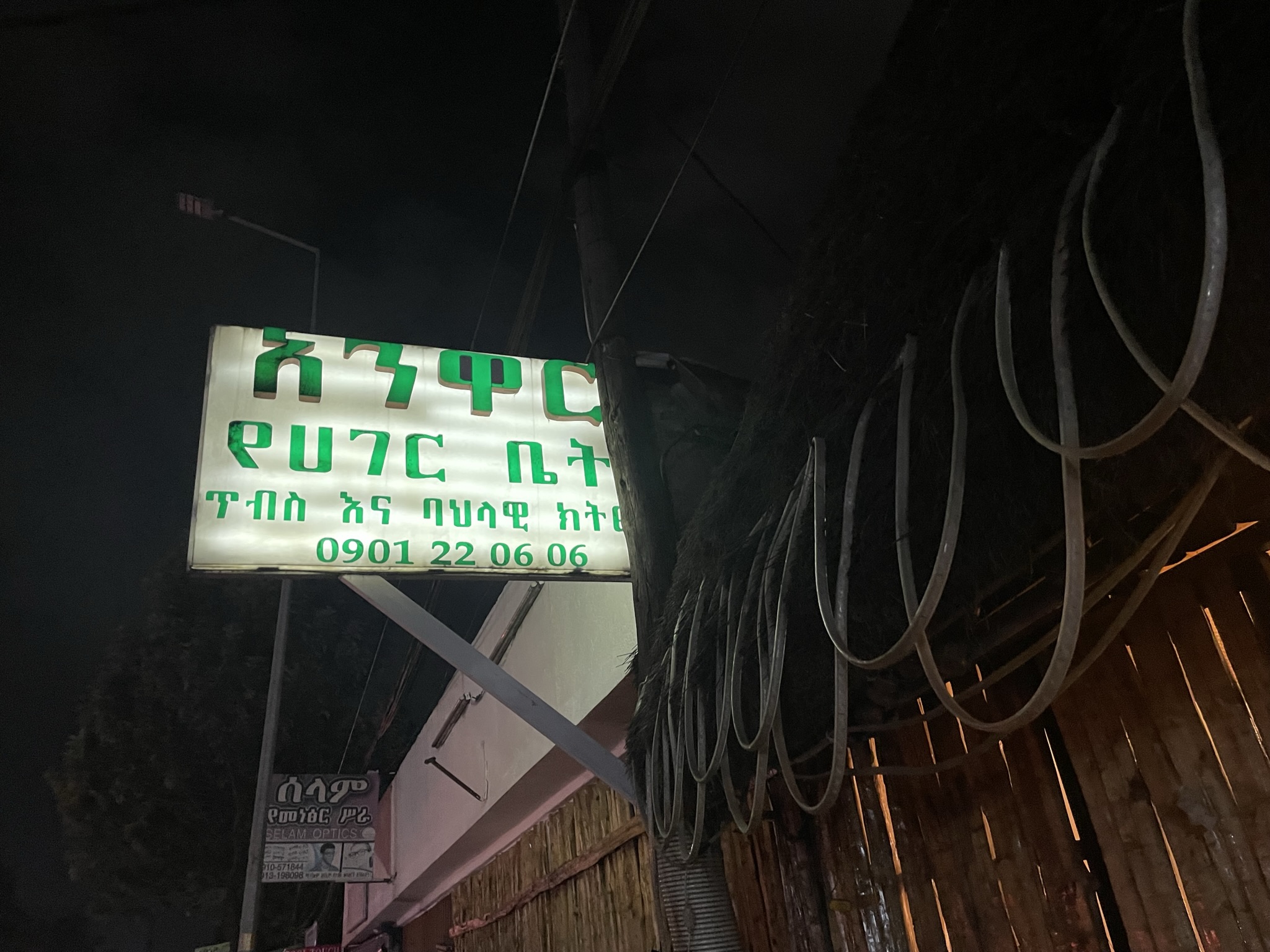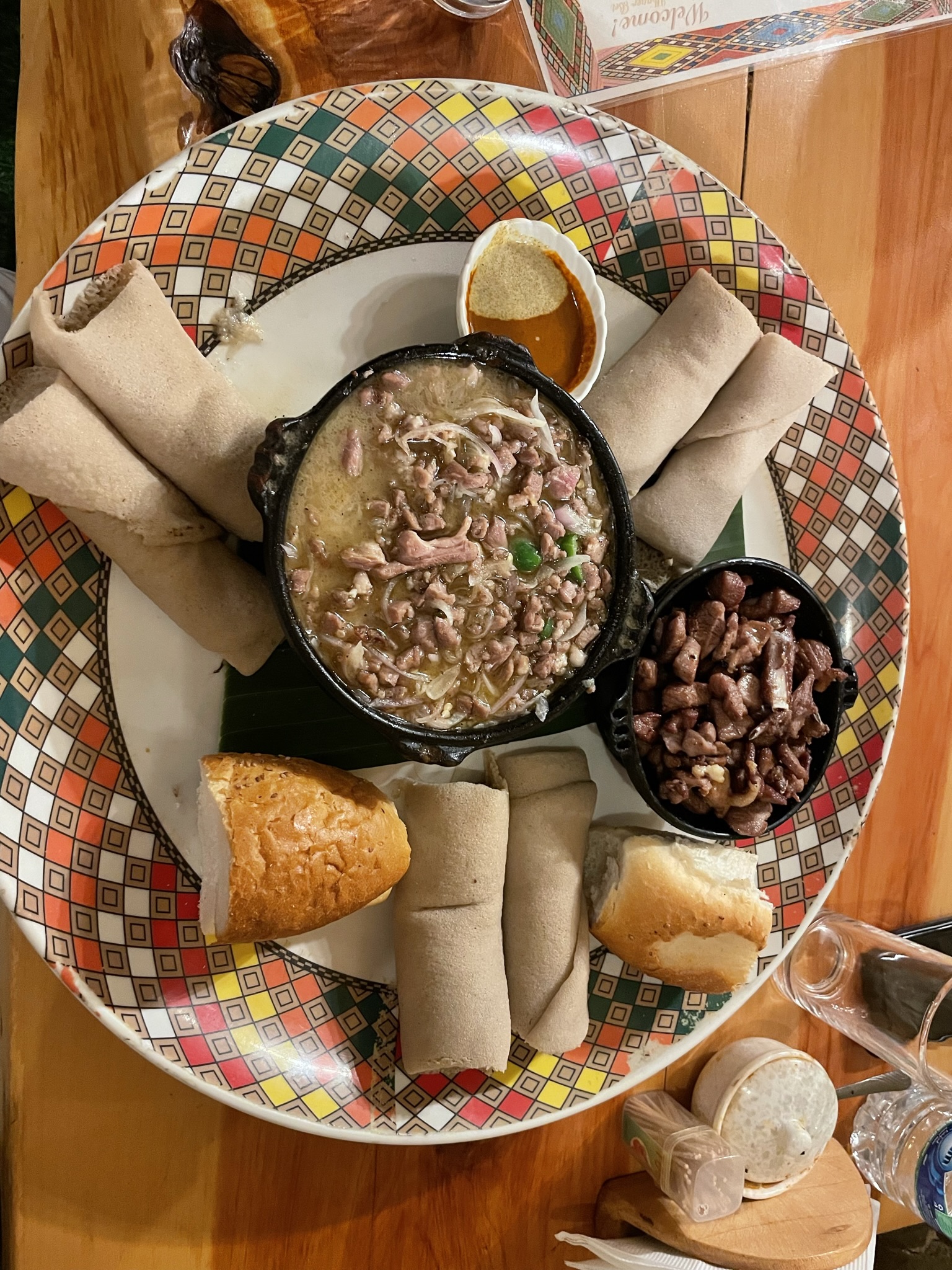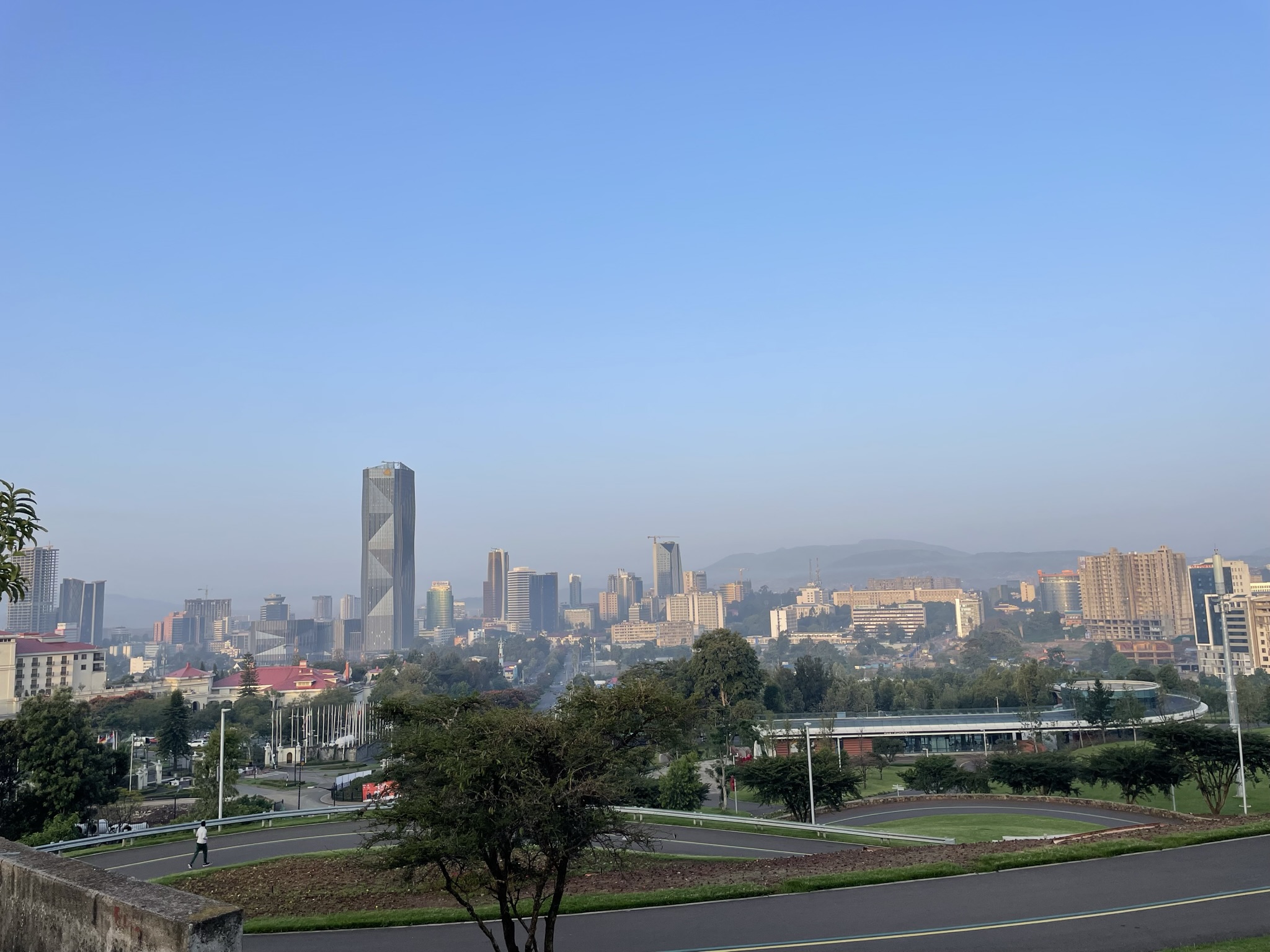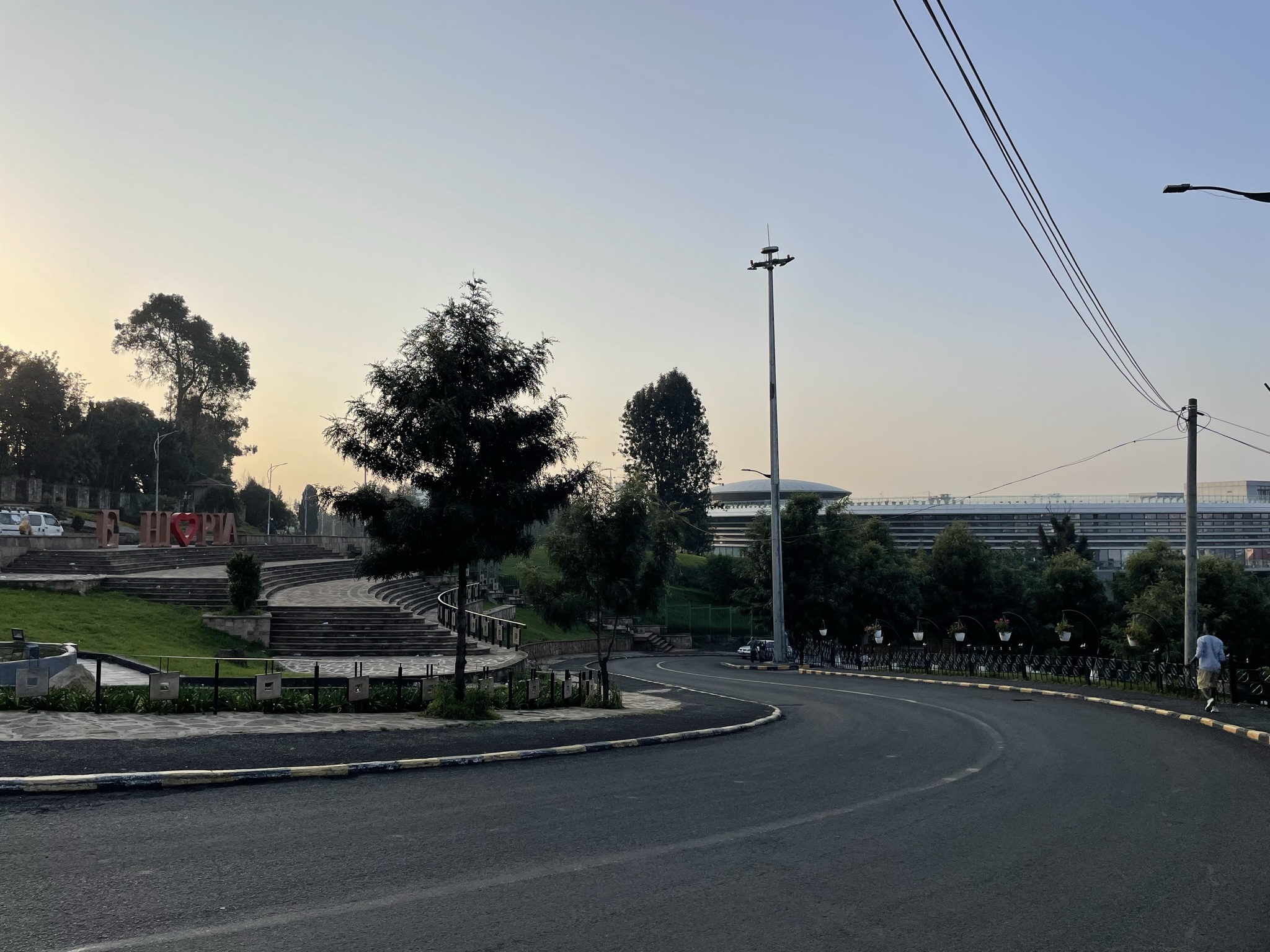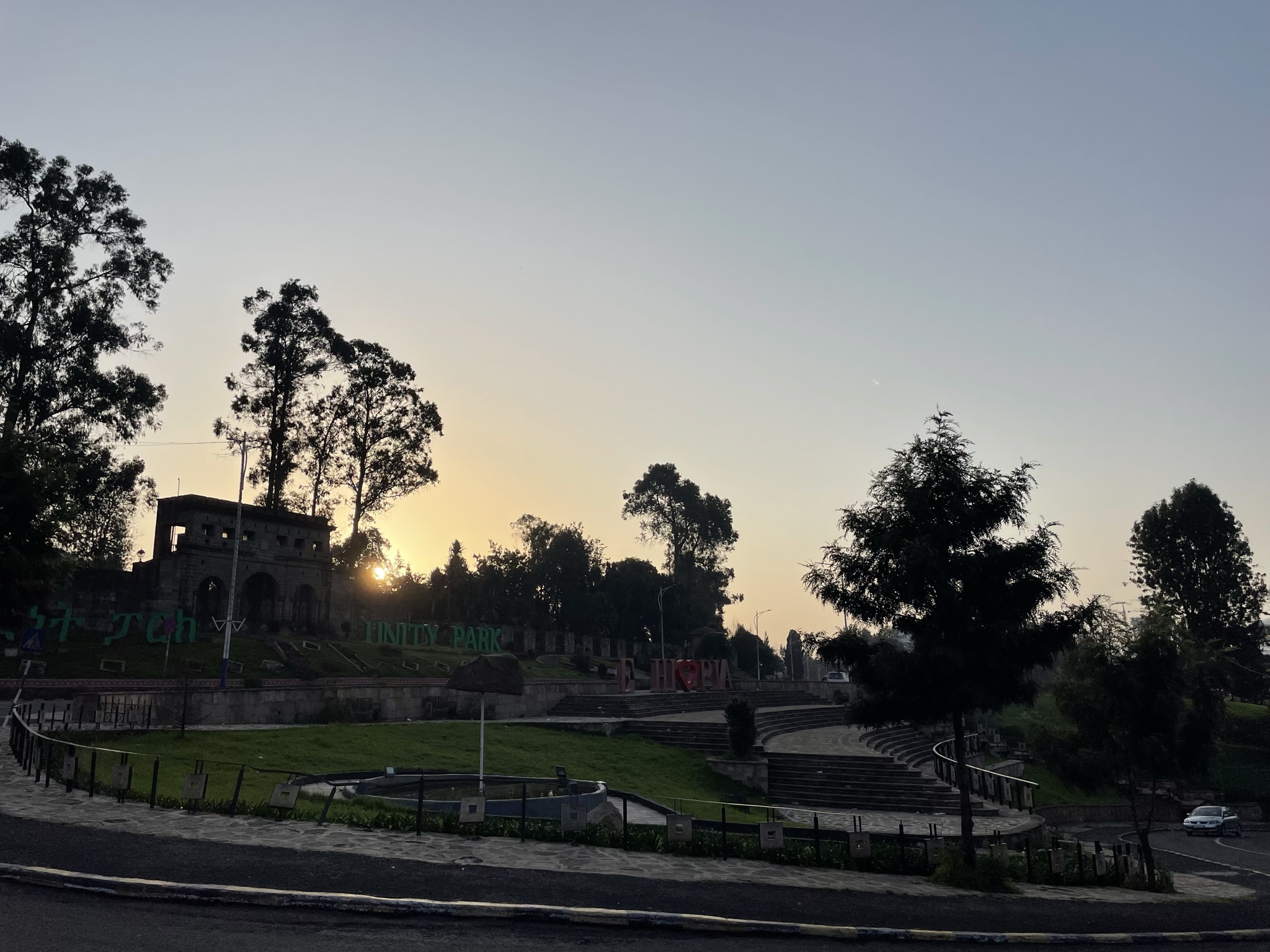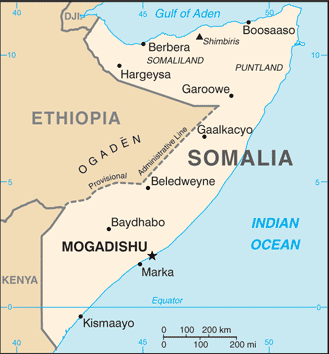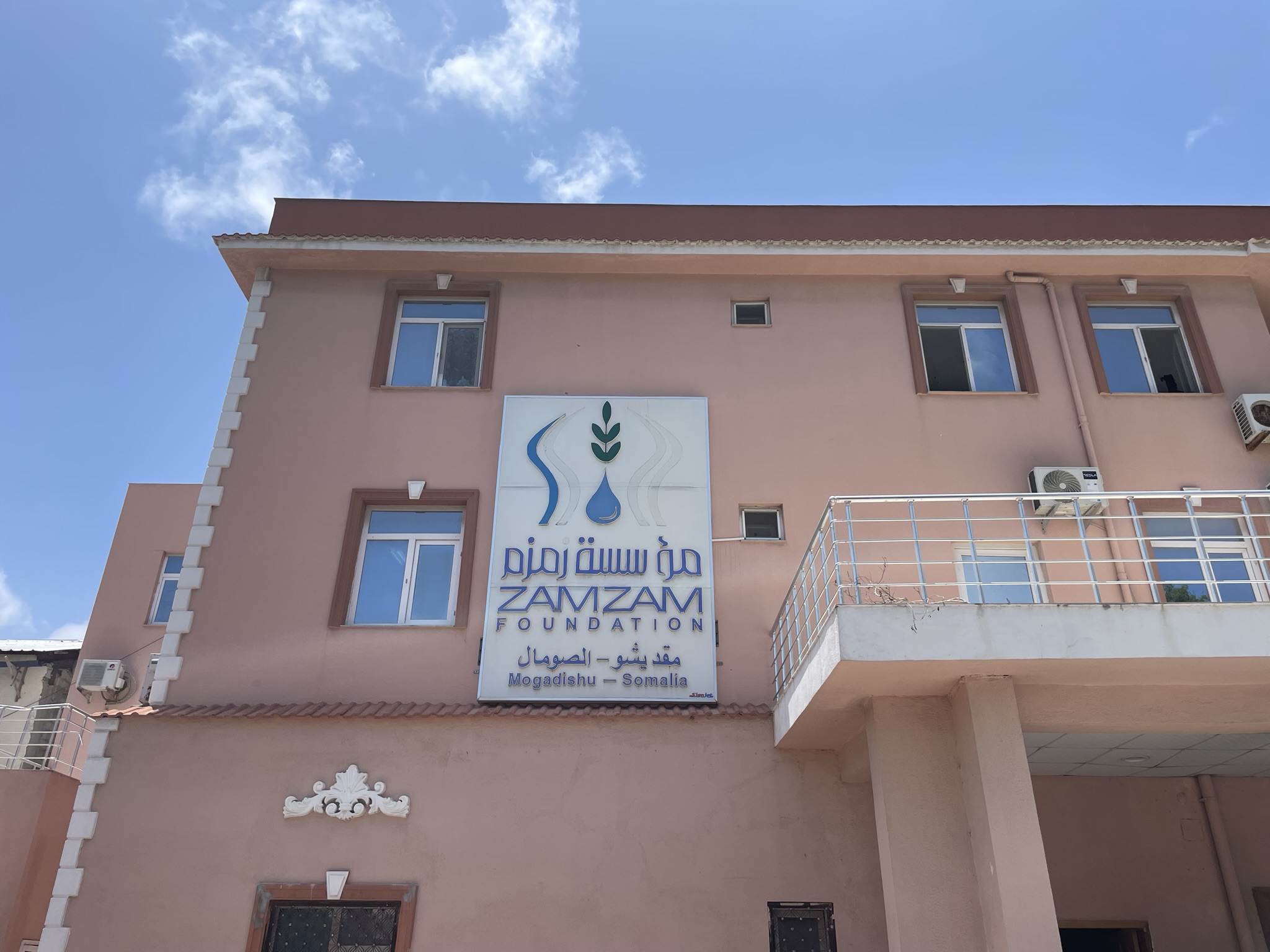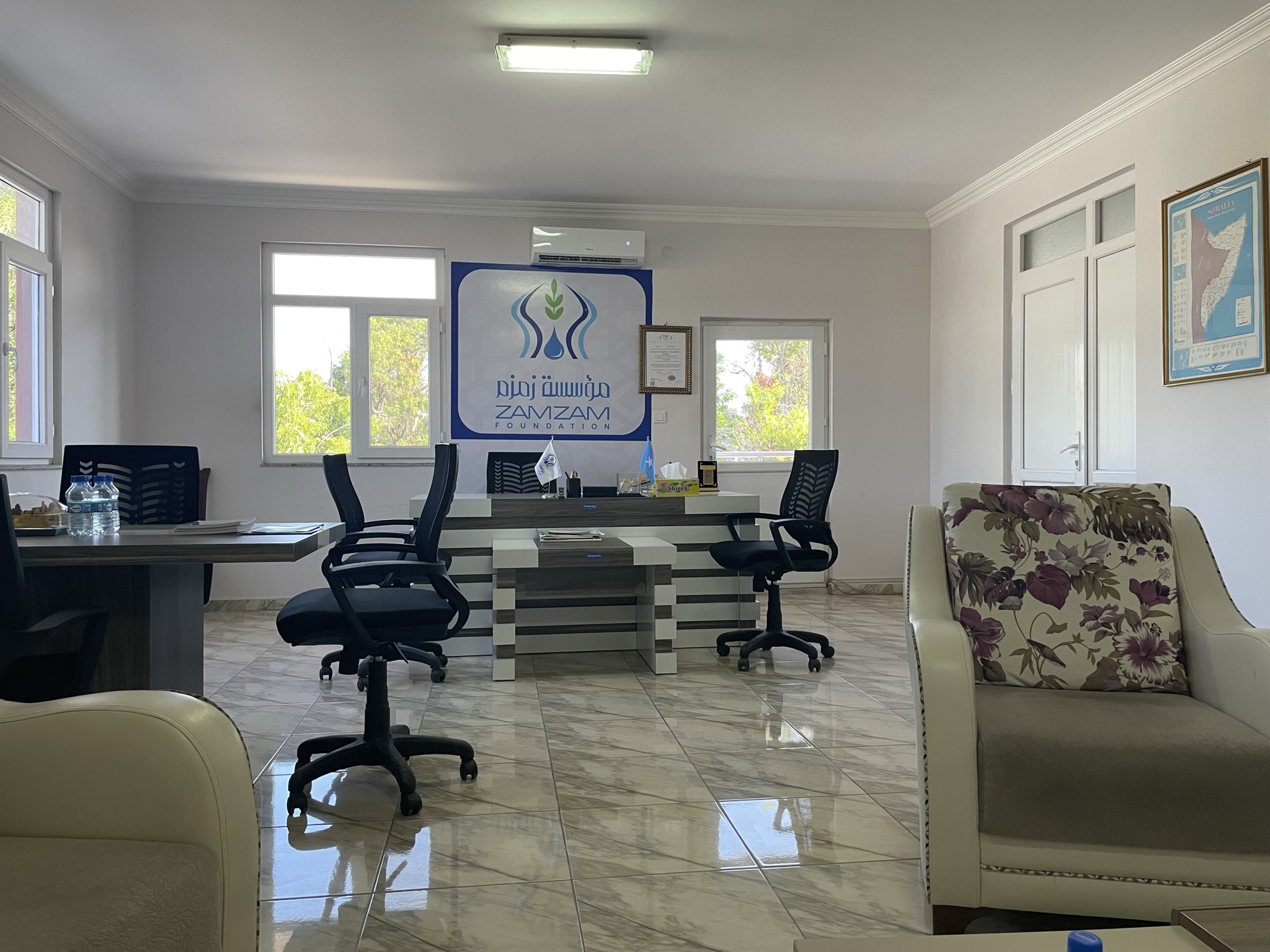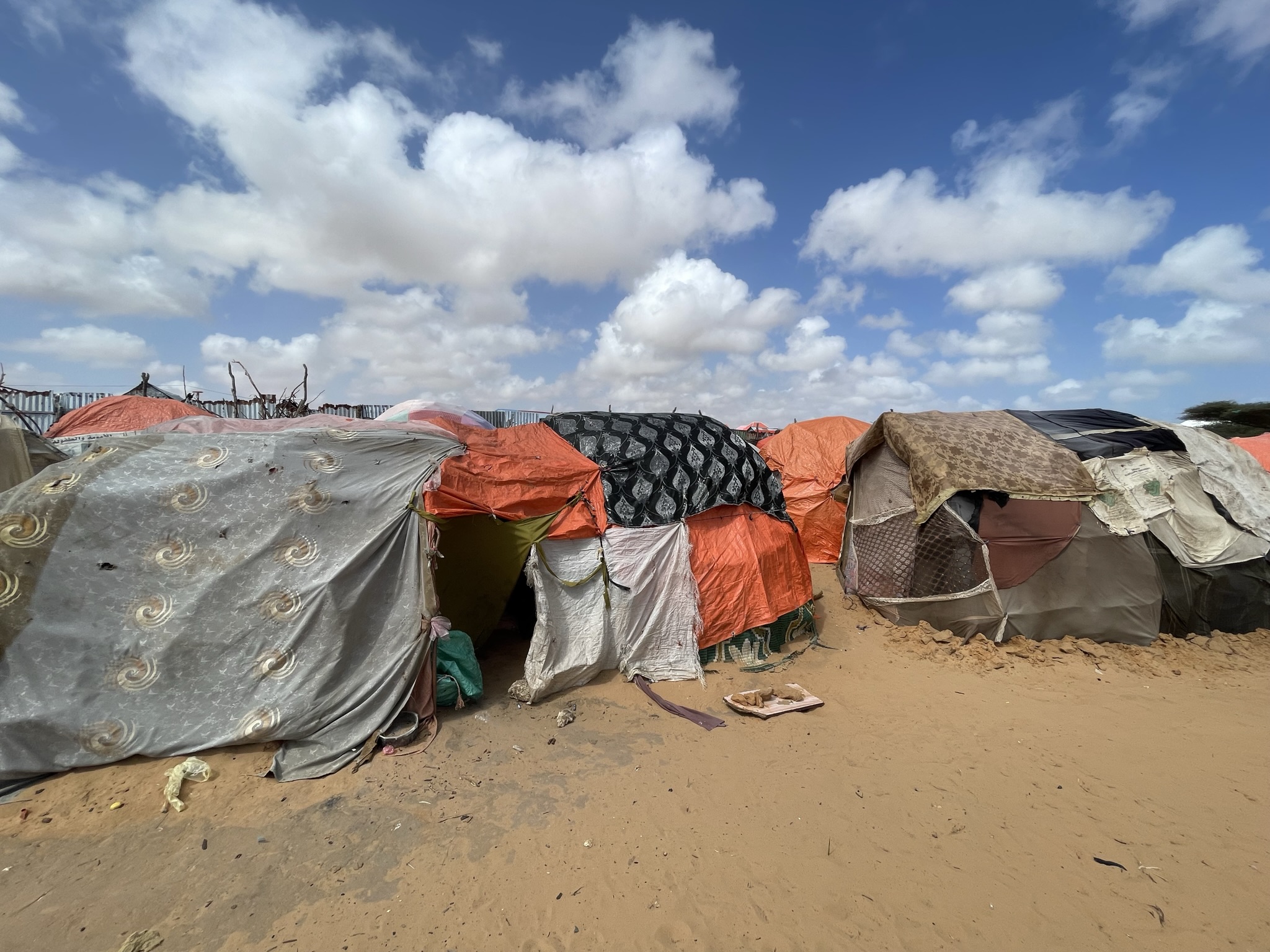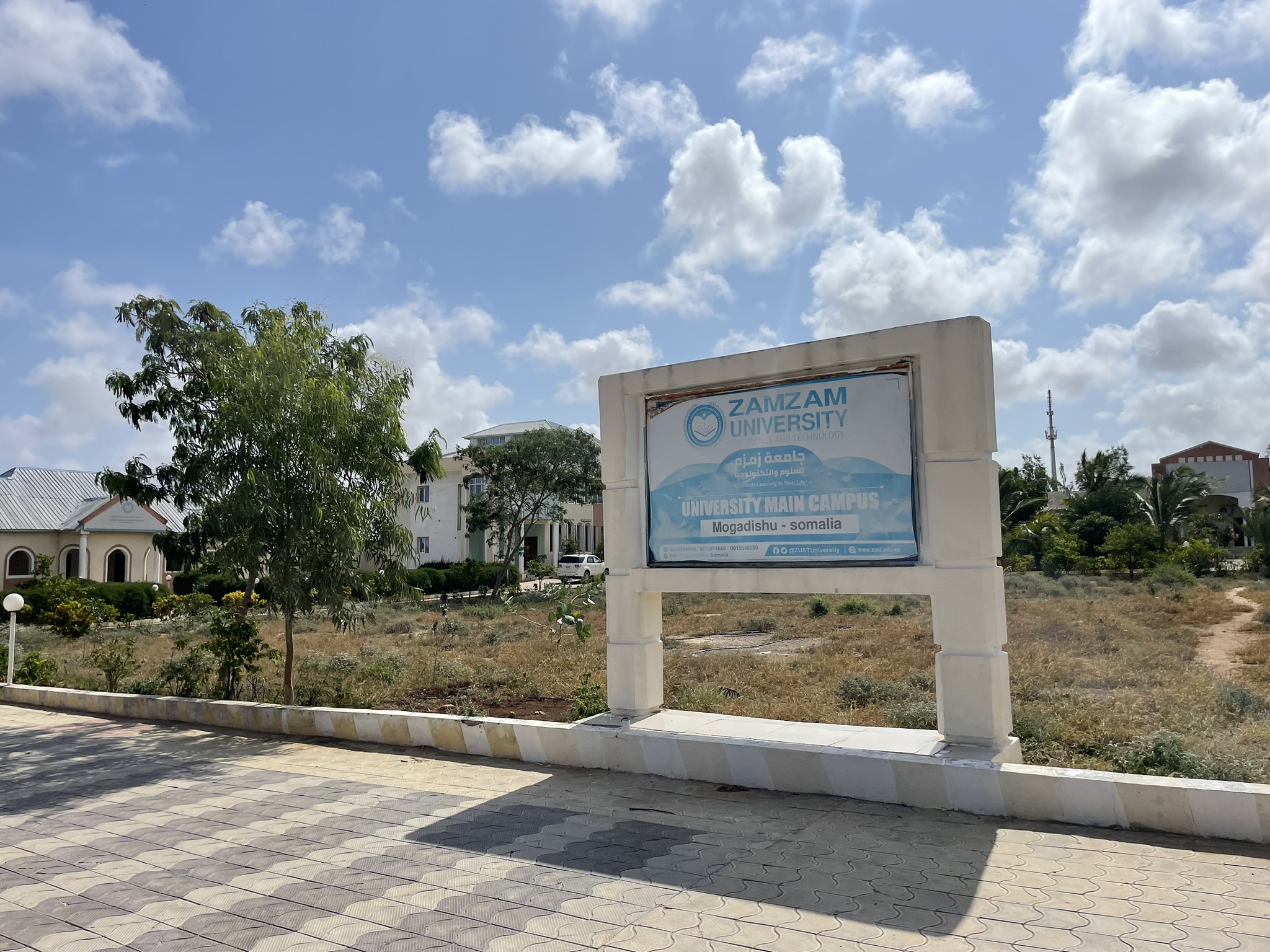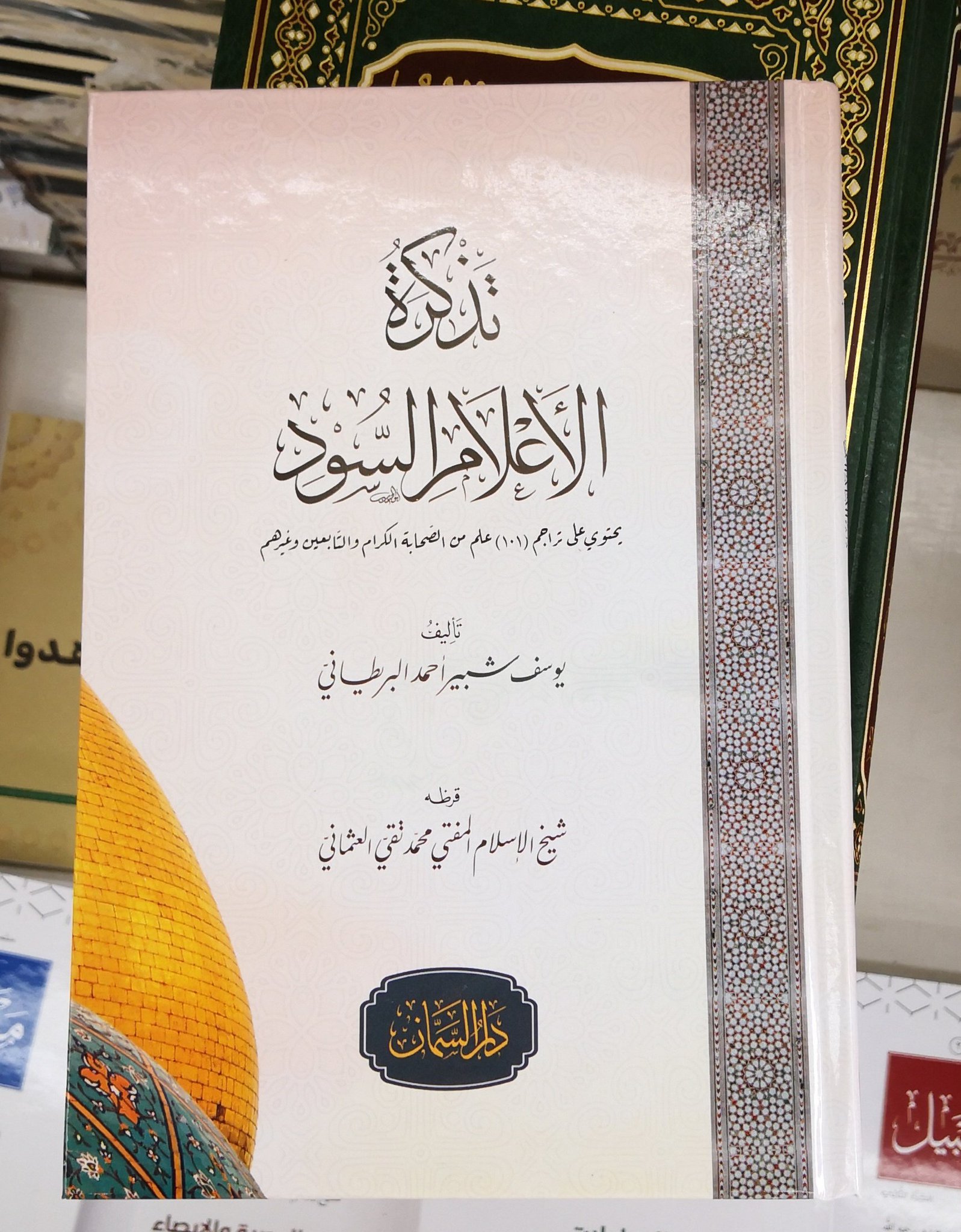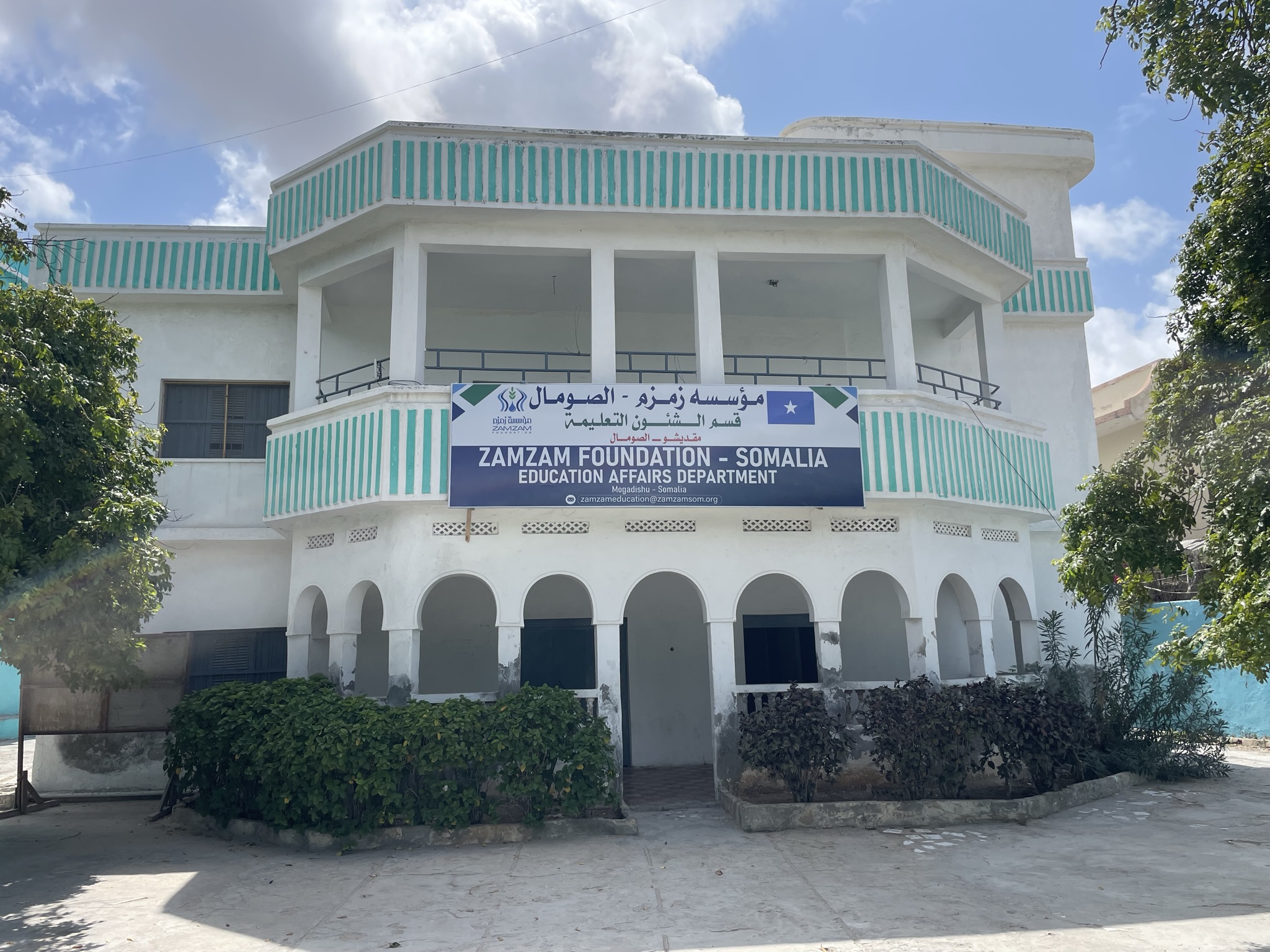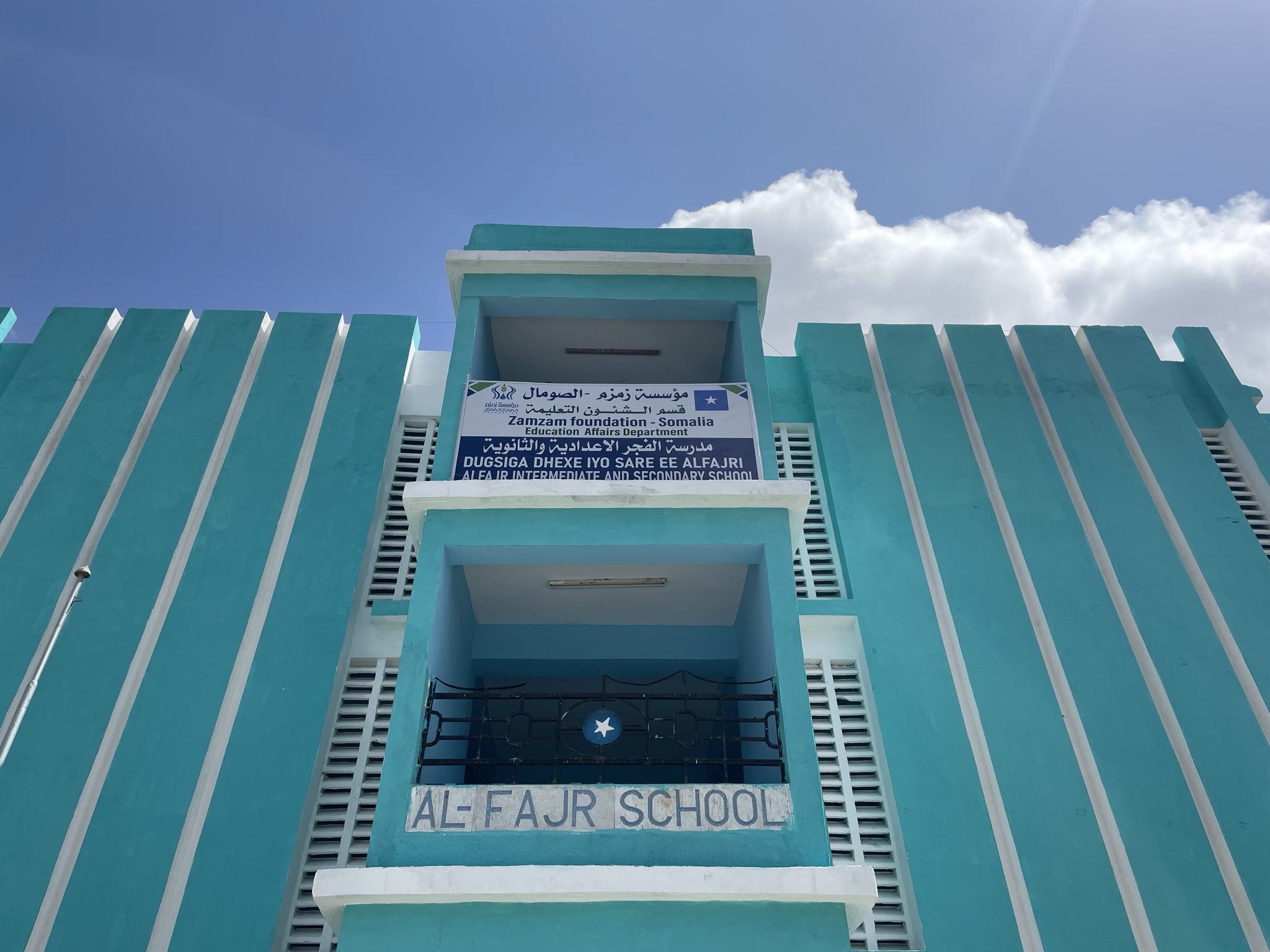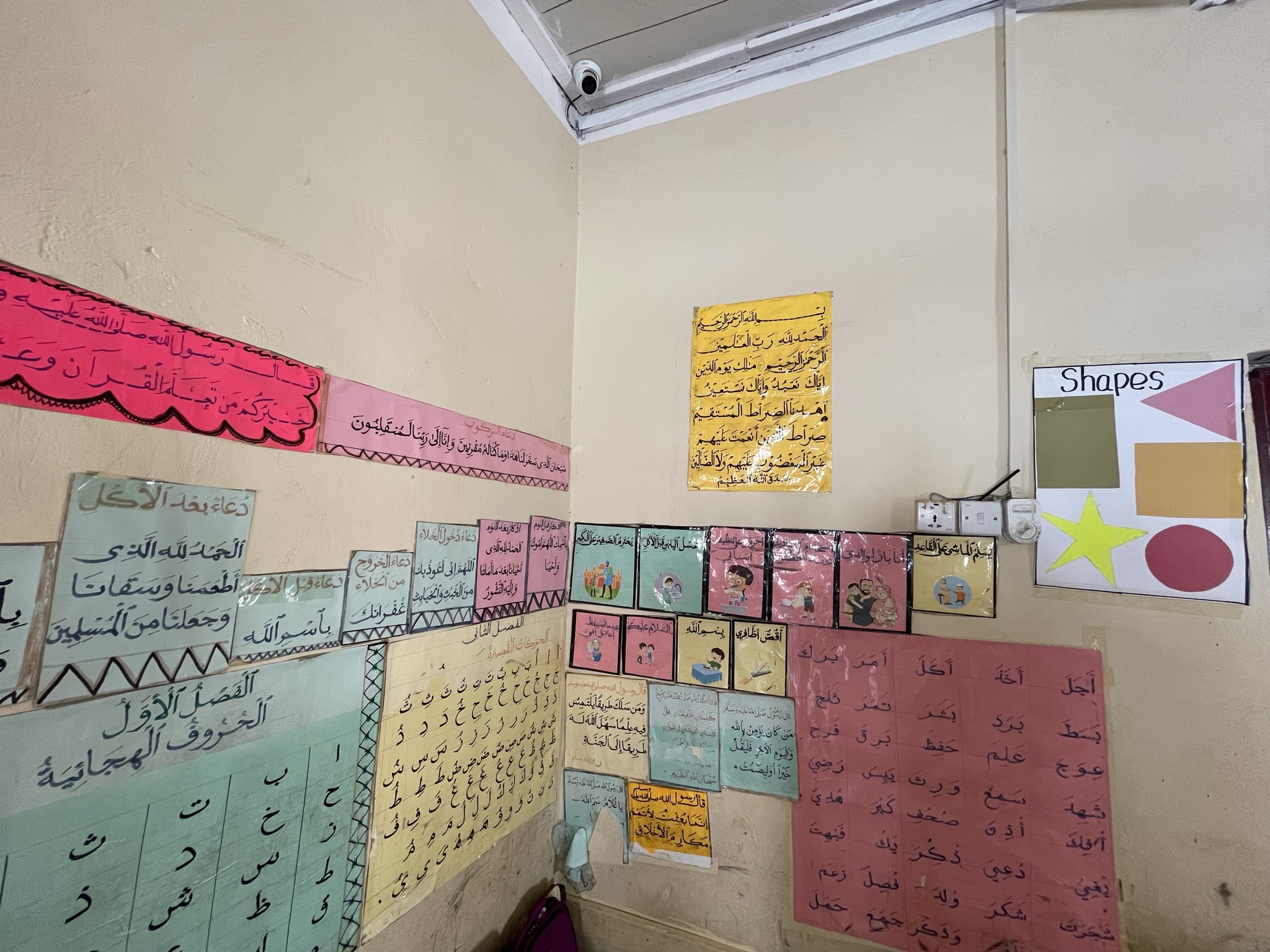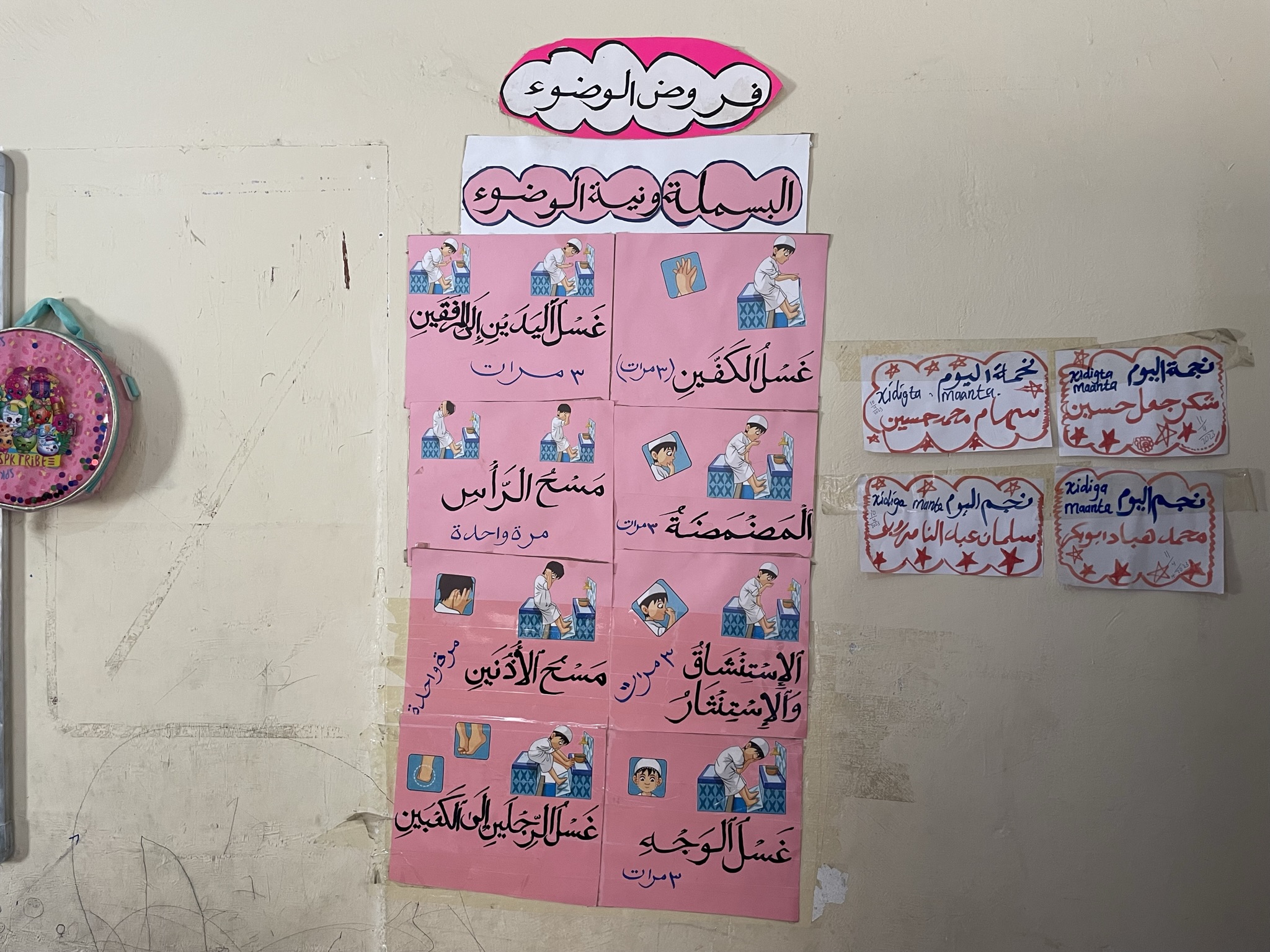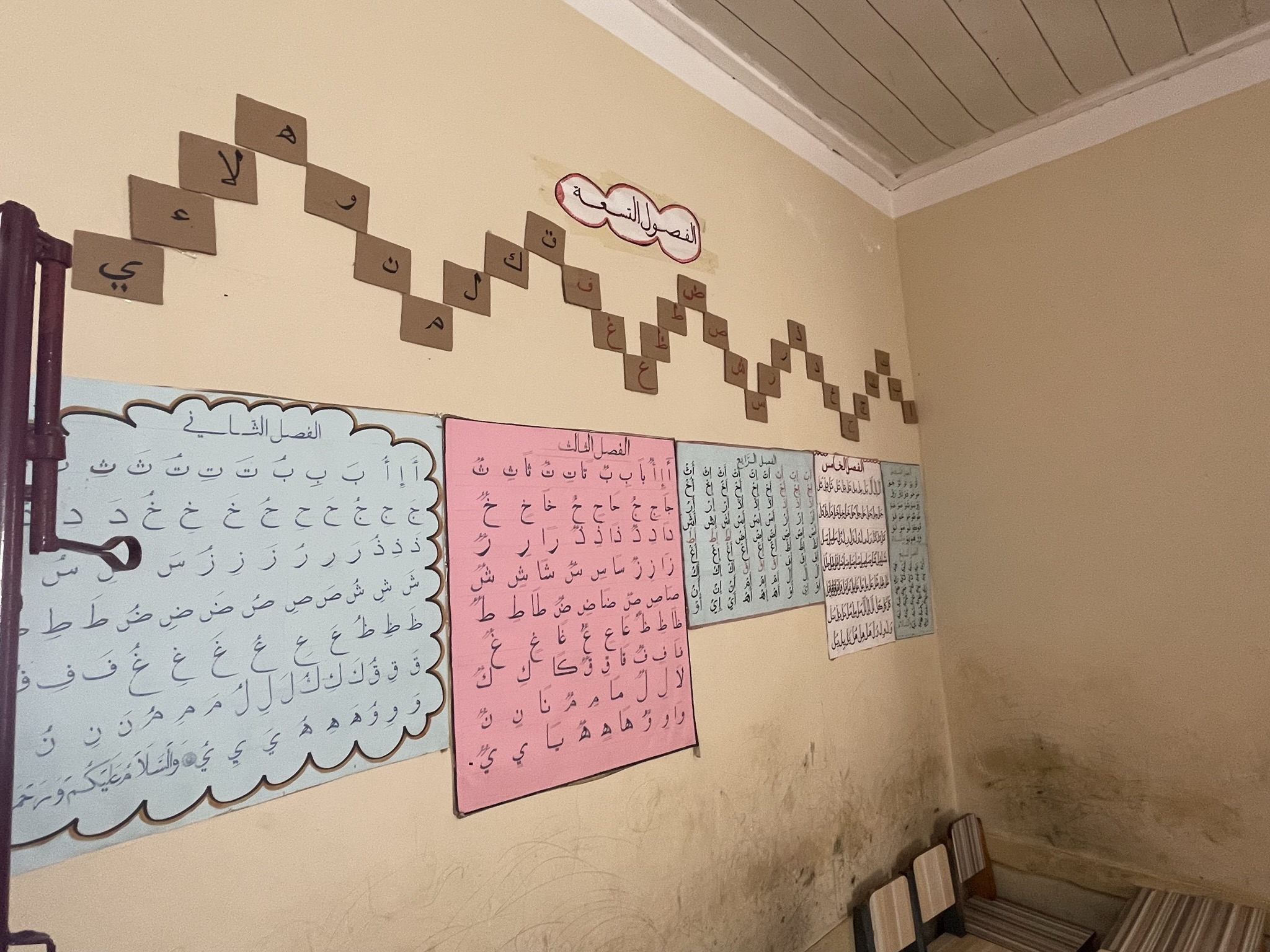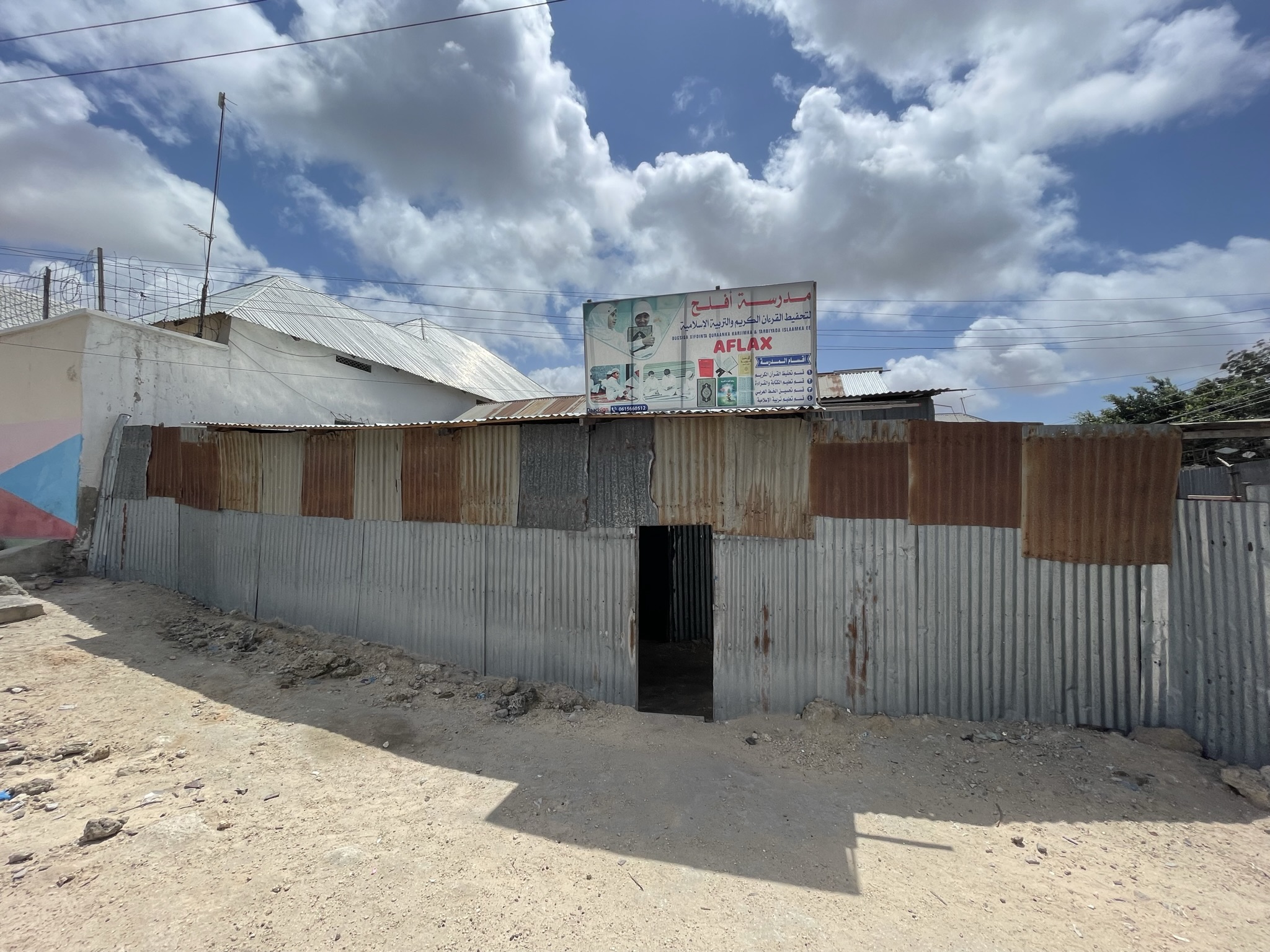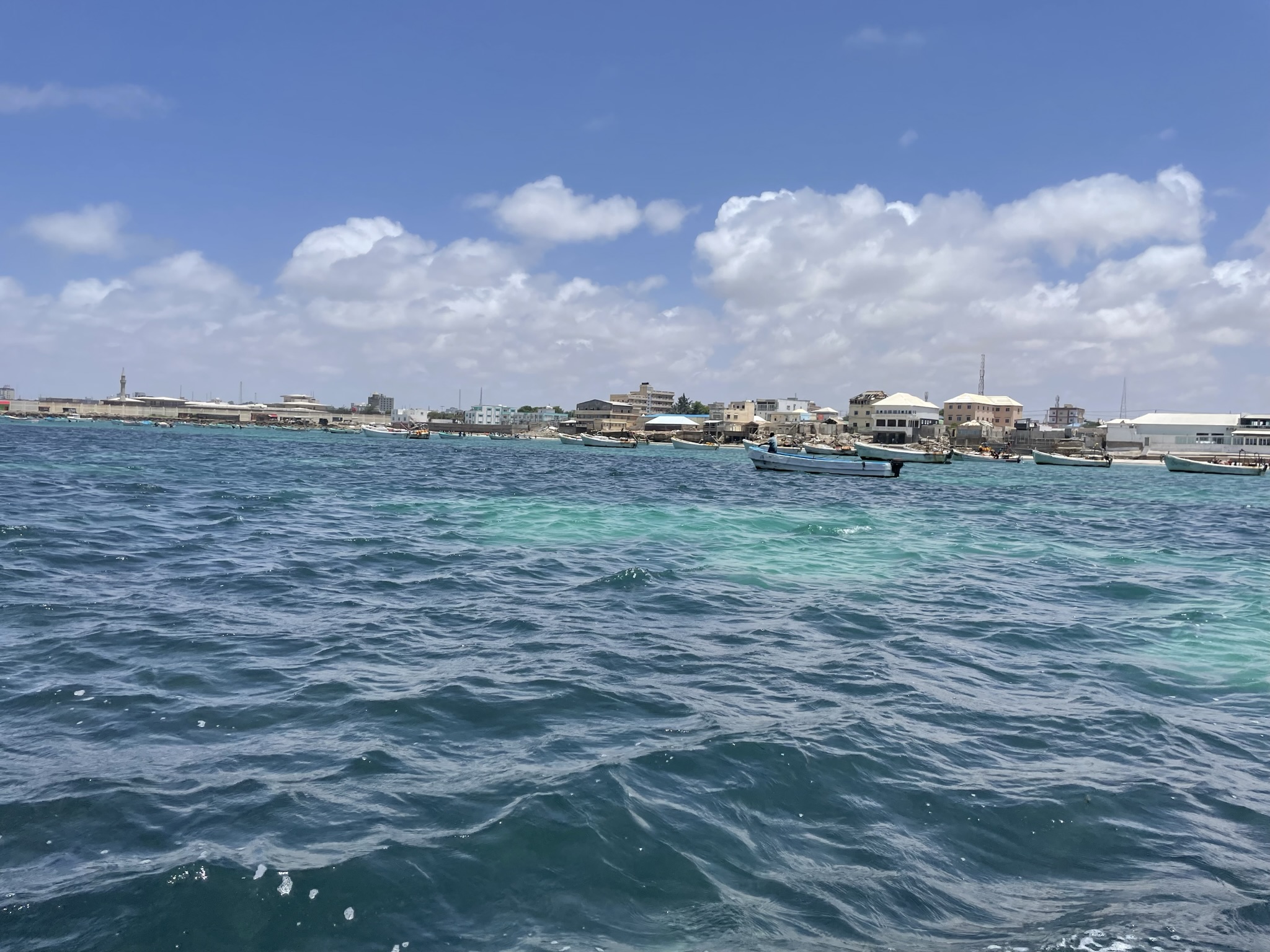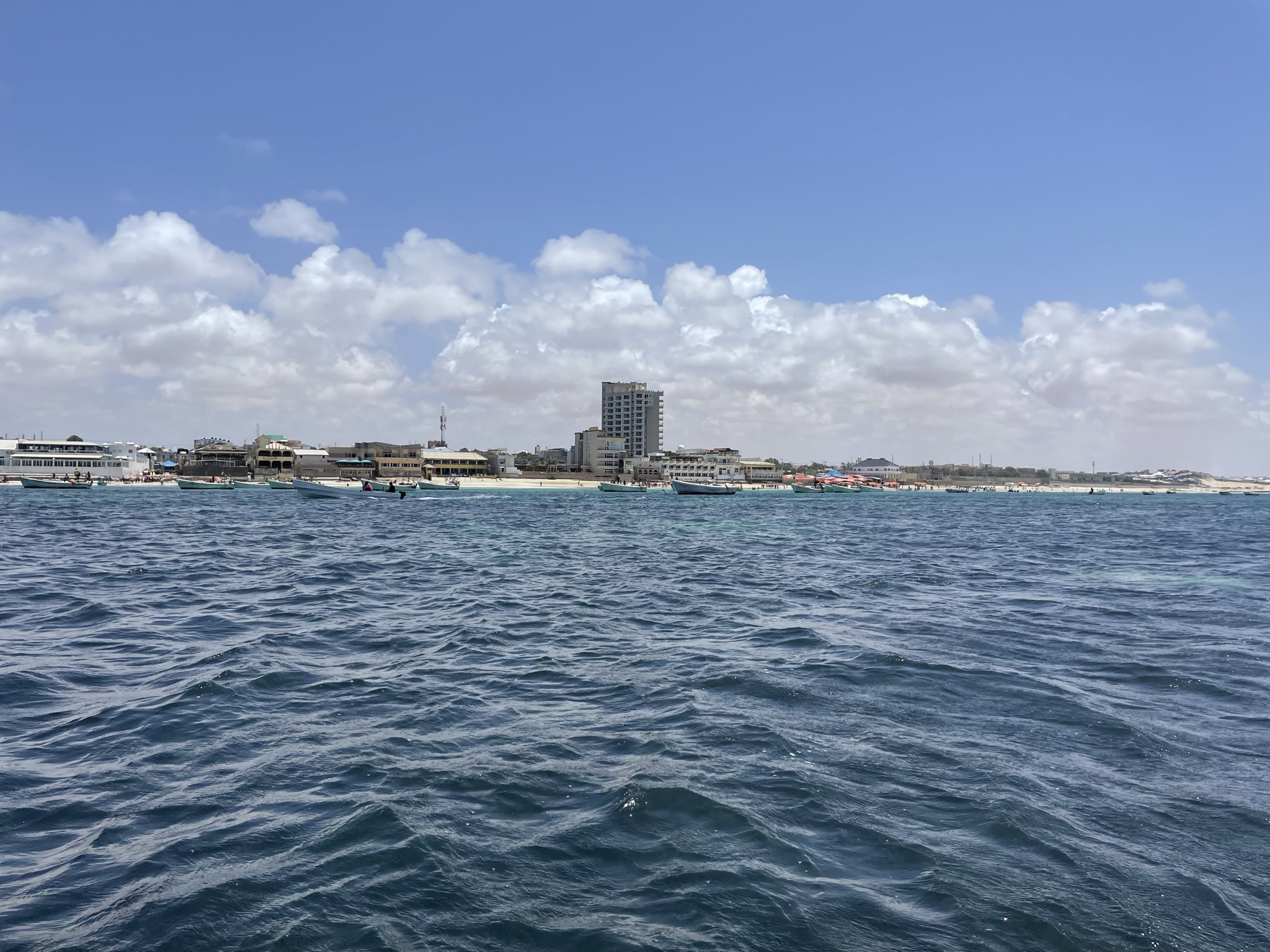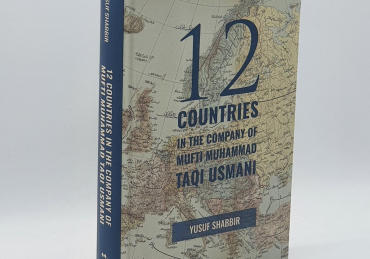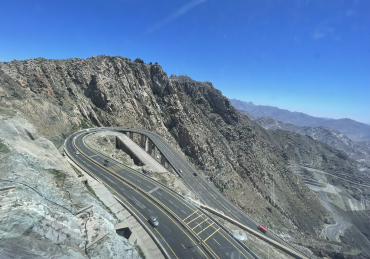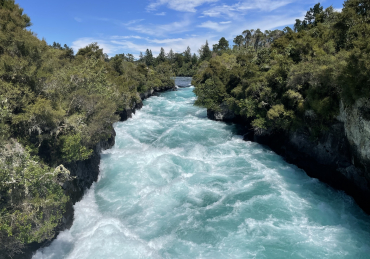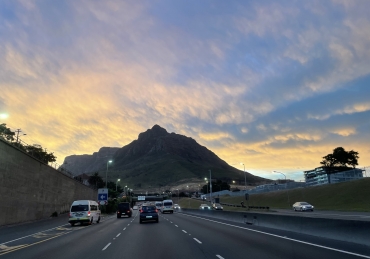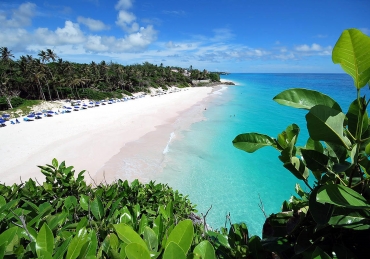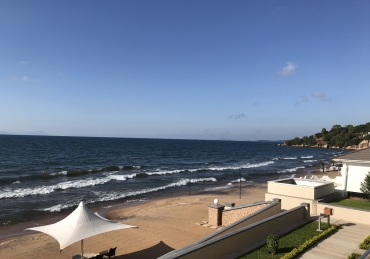In the Name of Allah, The Merciful, The Beneficent
Introduction
Earlier this year in February, I travelled to Malawi and planned to travel from there to Ethiopia. This however was not possible because Ethiopia no longer provides visa on arrival for British passport holders. Subsequently, as I decide to travel to Malawi in August, I apply online for tourist visa for Ethiopia which costs $82. I travel to Malawi on Thursday 24 August and also to Chipata, Zambia by road on Thursday 31 August with some friends. Previous travelogues have featured information about Malawi and Chipata, so they are not repeated here. The following day, I travel to Ethiopia and thereafter to Somalia, my first visit to both countries.
Day 1 – Friday 1 September 2023
Malawi to Ethiopia
Lilongwe to Addis Ababa
The 2.45pm Ethiopian Airlines flight from Lilongwe arrives into Addis Ababa Bole International Airport at 7.15pm. The Airport is one of the largest in Africa and a major international hub. I have transited here many times whilst travelling to Malawi. Although it is a very busy airport, the immigration and luggage collection processes are swift. Nobody at the Airport asks for money or ‘Fanta’ as they do in Malawi. Non-travellers are not permitted inside the Airport terminal. I exit the terminal and walk towards the car park. The weather is perfect, it is cooler than Malawi, the temperature is approximately 18 degrees Celsius. This is my first time outside the Airport in Ethiopia.
Ethiopia
The Federal Democratic Republic of Ethiopia is a landlocked country in East Africa. It shares borders with Eritrea to the north, Djibouti to the northeast, Somalia to the east and southeast, Kenya to the south, South Sudan to the west, and Sudan to the northwest. It is home to approximately 116 million people, making it the 13th most populous country in the world, the 2nd most populous in Africa after Nigeria, and the most populated landlocked country worldwide. The largest religion here is Christianity. However, Muslims constitute at least one third of the population. The country’s size is 472,000 square miles.
The Encyclopaedia Brittanica states:
“Ethiopia, landlocked country on the Horn of Africa. The country lies completely within the tropical latitudes and is relatively compact, with similar north-south and east-west dimensions. The capital is Addis Ababa (“New Flower”), located almost at the centre of the country. Ethiopia is the largest and most populated country in the Horn of Africa. With the 1993 secession of Eritrea, its former province along the Red Sea, Ethiopia became landlocked.
Ethiopia is one of the world’s oldest countries, its territorial extent having varied over the millennia of its existence. In ancient times it remained centred on Aksum, an imperial capital located in the northern part of the modern state, about 100 miles (160 km) from the Red Sea coast. The present territory was consolidated during the 19th and 20th centuries as European powers encroached into Ethiopia’s historical domain. Ethiopia became prominent in modern world affairs first in 1896, when it defeated colonial Italy in the Battle of Adwa, and again in 1935–36, when it was invaded and occupied by fascist Italy. Liberation during World War II by the Allied powers set the stage for Ethiopia to play a more prominent role in world affairs. Ethiopia was among the first independent nations to sign the Charter of the United Nations, and it gave moral and material support to the decolonization of Africa and to the growth of Pan-African cooperation. These efforts culminated in the establishment of the Organization of African Unity (since 2002, the African Union) and the United Nations Economic Commission for Africa, both of which have their headquarters in Addis Ababa.”
The BBC website states:
“Ethiopia is Africa’s oldest independent country and its second largest in terms of population. Apart from a five-year occupation by Mussolini’s Italy, it has never been colonised. It has a unique cultural heritage, being the home of the Ethiopian Orthodox Church – one of the oldest Christian denominations – and a monarchy that ended only in the coup of 1974. It served as a symbol of African independence throughout the continent’s colonial period, and was a founder member of the United Nations and the African base for many international organisations. Drought and civil conflict left Ethiopia in a state of turmoil under a Marxist dictatorship from the fall of the monarchy until 1991, when the long authoritarian rule of Meles Zenawi brought a degree of stability. Prime Minister Abiy Ahmed launched a campaign of political liberalisation at home, and sought to end disputes with Ethiopia’s neighbours, in particular Eritrea, after 2018. But these efforts were overshadowed by a dispute with the leaders of Tigray region that began in 2020 and swiftly escalated into armed conflict.”
First Muslims in Ethiopia
There is another significance of Ethiopia and neighbouring Eritrea. The first migration of Muslims from Makkah al-Mukarramah took place to the northern part of this country. The Muslims travelled via sea and entered the African subcontinent from what is now Eritrea. There is a Sahaba Masjid in the Port of Massawa (Mitsiwa) which, it is suggested, was where the companions entered from. They then proceeded to Negash, a village in the Tigray region of Ethiopia. The distance between the two is 335km. Today, in Negash, there is a Masjid where it is suggested lies the graves of 16 Ṣahābah (companions), may Allah be pleased with them.
Charity and Development Association (CDA)
I am received in the airport car park by Dr Jamal Mohammed, the Executive Director and Shaykh Muhammad Ali, the founder of Charity and Development Association (CDA). My main purpose of visiting Ethiopia is to meet with this charity and visit one of the projects funded by a friend in the Awasa (Hawassa) region. CDA was established in 1992 and currently delivers a wide range of charitable projects including sponsoring more than 10,000 orphans and delivering medical, water and housing projects across the country. Its annual budget is $5 million and it employs 65 people across its 22 branches. One of its funding partners is the UK based Ummah Welfare Trust.
Some history of Ethiopia and Addis Ababa
We proceed to the city which is a ten-minute drive from the Airport. Addis Ababa is a very developed city. Our first stop is Bait al-Mandi, in the Bole area, which serves Yemeni cuisine. There is a small Yemeni community that resides here.
My hosts explain that Ethiopia is unique in Africa because it was never colonised, despite Italian attempts. The African Union is based here and Nelson Mandela was supported from here. They confirm that Negash is where the early Muslims resided. Until recently, parts of the country including the region of Addis Ababa were ruled by Muslim sultanates. After the fall of the sultanates in the late 19th century, Addis Ababa was formed as a new city. More than two thirds of its population is Christian whilst Muslims are approximately 20%.
The current situation of Muslims
Politically, Muslims faced challenges under previous governments and were persecuted. However, the situation is much better under the current government. The current Prime Minister Abiy Ahmed hails from a Muslim family, although he himself is a Christian. There are some Christians in the north of the country fighting the government. There is however relative peace in the rest of the country.
Interestingly, Dr Jamal and Shaykh Muhammad are of the view that Muslims across the country constitute 50% of the population. The Ethiopian Islamic Affairs Supreme Council is the country’s highest Islamic authority. My hosts are closely connected with the Council and its members.
Generally, the majority of the Muslims in the country follow the Shāfiʿī school of thought. However, some graduates of Saudi Arabia have in recent years caused tension, something I have also experienced in other countries. There is also a small community in the north of the country in Wollo and Tigray that follow the Ḥanafī school. According to my hosts, they are extremely rigid to the extent that they do not marry their children to Shāfiʿīs, and Allah knows best. I had been wondering for several years why the learned Ḥadīth commentator Shaykh Muḥammad ibn ʿAlī ibn Ādam al-Ityūbī (d. 1442/2020), who was from Wollo, changed from being a Ḥanafī to a staunch Salafī despite studying under Ḥanafī teachers. Perhaps, the rigidity of the Ḥanafīs in his area contributed to this. Rigidity and being extreme in any domain result in such consequences. This is evident worldwide.
Forex and currency exchange
There are many good hotels in Addis Ababa. I had originally planned to stay near the Airport at the Ethiopian Skylight Hotel. However, there is a music concert taking place there. I thus decide to stay in Hyatt. Ethiopia faces problems with forex similar to Malawi. The official rate for £1 to the Ethiopian Birr is approximately 70. However, the black-market rate is 120. It is thus advised to avoid booking on the hotel apps and instead pay via local currency. Some hotels require the ID of a local resident. The cost will be nearly half. The situation is the same in Malawi, where the official rate to a pound is 1375 Kwachas whilst the black-market rate is 2300 Kwachas.
Day 2 – Saturday 2 September 2023
Day trip to Awasa (Hawassa)
Addis Ababa to Awasa (Hawassa)
It is an early morning start at 6am, as Shaykh Muhammad Ali collects me from the hotel and we proceed to the Airport. It is very busy. Domestic flights fly from Terminal 2, neighbouring Terminal 1. The weather at this time of the year is ideal, with the temperature in the region reaching 20 degrees Celsius during the day and 10 degrees Celsius at night. In the winter, the temperature drops to 15 and 8 degrees respectively.
The 7.20am Ethiopian Airlines small propeller plane takes off from Addis Ababa slightly later than scheduled and arrives into Awasa Airport at 8.30am. The descent into Awasa is very scenic with the beautiful mountains and Lake Awasa visible. The lake is famous for its resident hippos.
Awasa (Hawassa)
Awasa, also called Hawassa, is a city on the shores of Lake Awasa in the Great Rift Valley of central Ethiopia. It is located 275km south of Addis Ababa and serves as the capital of the Sidama Region. Its name comes from a Sidamic word that means wide body of water. Fishing is a major local industry. Along with Hippo watching on the lake, there is the famous Hawassa Fish Market along the lake’s shore. Nearby, the waterside Amora Gedel National Park is another attraction that is inhabited by monkeys.
Meeting with Imams and scholars in Aposto, Yirgalem
Ḥāfiẓ Tawfiq receives me at Awasa Airport. He is CDA’s Programmes Manager. He explains that this region of Sidama was chosen for the economic empowerment of Imams and scholars because Muslims are only 3% in the region and the Christians are very active. In some Masjids, the Friday Khuṭbāh only features Sūrah al-Ikhlāṣ. A total of 439 Imams and scholars in this and some other regions were given four goats (and sheep in some highland areas) each, three female and one male. The total budget of the project was £172,000. We decide to meet some of these scholars in Aposto, Yirgalem, which is 40km south of Awasa.
The road to Yirgalem is good. At 9.30am, we arrive at Masjid Tawheed in Aposto and meet with 31 scholars who have travelled here from different parts of the Sidama region. The Imams and teachers confirm that they do not receive any salary for their services in the Masjids. They are extremely appreciative of the animals given to them in March 2023, highlighting that this the first time they have been supported in this manner. Most have had baby animals, some four, some three and some two, and there is also the added benefit of the milk. Whilst meeting with the scholars, members of the local community request financial support for their incomplete Madrasah block neighbouring the Masjid.
Meeting with Imams and scholars in Senbate, Shalla
We return north towards Awasa, and our next stop is Sanbate, Shalla, which is 80km from Aposto. The drive however takes nearly two hours, because the road infrastructure near near Sanbete is poor.
We arrive at 12.45pm at Masjid al-Wālidayn, where 10 Imams and scholars have gathered with the animals that were given to them in March 2023 along with the baby animals. The impact of the project is clearly visible. One of the Imams has nine goats in total. Others have eight, seven and six. Only one of them had two animals dying due to a disease and he sold one due to hunger. He now has two animals as his remaining animal gave birth. The Imams and scholars present here are extremely appreciative of the support. They also confirm that they do not receive any salary as Imams or Quran teachers.
Distribution of funds to widows and disabled in Kofele
We depart from Senbate and travel south west towards Kofele. At 2.15pm, we arrive at the Kofale Orphan Education Centre, an orphanage financed by the Turkish charity IHH and managed by CDA.
293 widows and disabled people have gathered here today. We distribute 1500 Ethiopian Birr (£22 official, £12.50 black market) to all these people and return to Awasa Airport. The route is scenic.
There are many mud houses on the way. We make a brief stop near Lake Awasa to observe how an entire family lives in one of these mud homes.
Return to Addis Ababa
It has been a flying visit to Awasa, so much so that we have not had time to eat anything or visit any of the local attractions. Ḥāfiẓ Tawfiq drops me to Awasa Airport and I return on the 5.30pm flight to Addis Ababa. Dr Jamal and Shaykh Muhammad collect me and, at my request, we proceed to a restaurant that serves traditional Ethiopian food including Injera, the sour fermented pancake-like flatbread with a slightly spongy texture, traditionally made of teff flour.
We review the visit and discuss other potential economic empowerment projects. Time does not permit, otherwise it would have been good to meet with the Ethiopian Islamic Affairs Supreme Council.
Day 3 – Sunday 3 September 2023
Arrival into Somalia
From Addis Ababa to Mogadishu
It is another early morning start at 6.30am as Shaykh Muhammad collects me and we tour some of the landmarks of the city including the Prime Minister’s residence.
Shaykh Muhammad drops me to the Airport and I board the 8.50am Ethiopian Airlines flight to Mogadishu, Somalia. The flight departs 30 minutes late and arrives into Aden Adde International Airport at 11.20am. The Airport is situated close to the shore providing scenic views of the Indian ocean as the flight descends. The time zone in Somalia is the same as Ethiopia.
The immigration process at the Airport is slow. Visa on arrival costs $60 and an invite letter from a local sponsor is strongly recommended. A physical copy is necessary. I am asked to print the invite letter in one of the offices at the Airport.
Somalia
This is my first time in the Federal Republic of Somalia, a country that has been affected by turmoil and natural disasters over the past few decades. The country is bordered by Ethiopia to the west, Djibouti to the northwest, the Gulf of Aden to the north, the Indian Ocean to the east, and Kenya to the southwest. It has the longest coastline on Africa’s mainland and its population exceeds 17 million people, of which more than 2 million people reside in the capital, Mogadishu. It is Africa’s most culturally homogeneous country with 85% of the population ethnic Somalis. The official languages are Somali and Arabic. Arabic is commonly spoken and understood here, unlike in neighbouring Ethiopia.
The Encyclopaedia Brittanica states:
“Somalia, easternmost country of Africa, on the Horn of Africa. It extends from just south of the Equator northward to the Gulf of Aden and occupies an important geopolitical position between sub-Saharan Africa and the countries of Arabia and southwestern Asia. The capital, Mogadishu, is located just north of the Equator on the Indian Ocean. Somalia is a country of geographic extremes. The climate is mainly dry and hot, with landscapes of thornbush savanna and semidesert, and the inhabitants of Somalia have developed equally demanding economic survival strategies. Apart from a mountainous coastal zone in the north and several pronounced river valleys, most of the country is extremely flat, with few natural barriers to restrict the mobility of the nomads and their livestock. The Somali people are clan-based Muslims, and about three-fifths follow a mobile way of life, pursuing nomadic pastoralism or agropastoralism.
The Republic of Somalia was formed in 1960 by the federation of a former Italian colony and a British protectorate. Mohamed Siad Barre (Maxamed Siyaad Barre) held dictatorial rule over the country from October 1969 until January 1991, when he was overthrown in a bloody civil war waged by clan-based guerrillas. After Siad’s fall from power, warfare continued and the country lacked an effective centralised government – problems that persisted into the 21st century. Moreover, a de facto government declared the formation of an independent Republic of Somaliland in the north in 1991. Similarly, in 1998 the autonomous region of Puntland (the Puntland State of Somalia) was self-proclaimed in the northeast. Decades of civil hostilities have virtually destroyed Somalia’s economy and infrastructure and split the country into areas under the rule of various entities. When Somalia’s tenuous transitional administration handed power to a new government in 2012, the newly declared Federal Republic of Somalia had only limited control over the country. There was, however, hope that the new government would usher in a new era, one in which peace would be achieved and Somalis could focus on rebuilding their country.”
The BBC website states:
“Created in 1960 from a former British protectorate and an Italian colony, Somalia collapsed into anarchy following the overthrow of the military regime of President Siad Barre in 1991. As rival warlords tore the country apart into clan-based fiefdoms, an internationally-backed unity government formed in 2000 struggled to establish control, with separatist movements in the two relatively peaceful northern regions of Somaliland and Puntland. However, unlike Somaliland, Puntland is not trying to obtain international recognition as a separate nation, but is part of the federal Somali state. The seizure of the capital Mogadishu and much of the country’s south by a coalition of Islamist shariah courts in 2006 prompted an intervention by Ethiopian, and later, African Union, forces. Since 2012, when a new internationally-backed government was installed, Somalia has been inching towards stability, but the new authorities still face a challenge from al-Qaeda-aligned Al-Shabab insurgents.”
From the airport to the city
It is 12pm by the time the immigration process concludes. Brother Muhammad Mukhtar Abasheikh, the Assistant Director of Zamzam Foundation welcomes me at the Airport. Unlike the vast majority of Somalis, he is of Arab descent. He explains that there is a small Arab community in Somalia. He resided in the UK for many years and has been working for Zamzam Foundation since 2014. There is heavy security around the Airport because of the threat posed from Al-Shabab, which controls 50% of the country. The Government only has control over the large cities.
On the way to the Zamzam Foundation’s office, I ask Brother Muhammad some questions about Somalia. He explains that 100% of the population is Sunni Muslim and generally followers of the Shāfiʿī school of thought. There are no Qādiyānīs or Shiites here. The majority of children are Ḥāfiẓ of the Quran. The Madrasah system is very strong here and embedded into the fabric of society. All children attend Quran classes for a few years and thereafter start school at the age of seven or eight. The Somali people are extremely religious. Arabic is commonly spoken and understood. All women wear the scarf and many also the face veil. External powers have succeeded in creating conflict here, but not in affecting the religiosity of the people.
Economically, the Somalis are reliant on agriculture, livestock and fishing. The fruits of the country include mangoes, watermelon, papaya, lemon and banana.
Zamzam Foundation
At 12.30pm, we arrive at the headquarters of Zamzam Foundation located in Makka Al Mukarrama Street, Hodan district, Mogadishu and meet with the founder, brother Shuaib Abdullatif and Assistant Director, brother Numan.
The Zamzam Foundation was established in 1992 following the beginning of the civil war in 1991. Today, it is one of the largest charities in the country. It employs 500 people from all clans and ethnic backgrounds and works all over the country including in areas controlled by Al-Shabab. It is apolitical and is governed by a board of seven members. Its annual budget is $15 million and it delivers a wide range of charitable and educational projects.
I was introduced to this organisation by colleagues from Al-Imdaad Foundation and my primary purpose of visiting Somalia is to understand the Foundation’s work and meet with scholars and Imams to understand their needs. We perform Ẓuhr Ṣalāh at the Foundation’s Musalla and eat lunch in the neighbouring Istanbul Hotel’s restaurant.
Malable IDPs Camp
We depart from Zamzam Foundation’s office at 1.30pm and travel to the Malable IDPs (internally displaced peoples) camp in Garasbaaleey district located to the north west of Mogadishu city. Two armed police officers accompany me along with brother Muhammad Mukhtar. Their salary for their day-to-day work is $200 per month. We are in the outskirts of the capital city and the infrastructure is extremely weak. It takes us half an hour to reach the camp, although it is not far from the city. The roads are in a very poor state. If this is the state here, one can only imagine the situation in the rest of the country.
As we arrive at the camp, the heart bleeds. Hundreds of thousands of Somalis are staying in tents, some due to the conflict in their areas, and others due to the drought. The living conditions are shocking. The weather is also much warmer than Ethiopia. The Government is not doing anything and the international community has also forgotten about these people. We distribute $3900 here to 130 families who were selected in advance, $30 each.
Currency in Somalia
Interestingly, the US dollar is the most used currency here in Somalia. The local currency is not used as much. One of the most common methods of payment here is via the EVC mobile app. People use this regularly to make payments in shops and otherwise.
Zamzam University of Science and Technology
We leave the IDP camp and proceed to the nearby Zamzam University of Science and Technology, one of the projects established by Zamzam Foundation.
Here, we meet with the rector Mohamud Mohamed Hassan and some of the lecturers. The university serves 1600 boys and girls and offers Agriculture, Medicine, Animal Science, Engineering and Computer Science. The focus on these subjects is because of the health crisis and the food shortages in the country. Interestingly, Islamic civilisation and Arabic modules are compulsory across all degree subjects. The total workforce is 120 and the average salary for lecturers is $600 per month. This university is one of several private universities in the country. There is only government run university in the country in Mogadishu.
Security in Mogadishu
We return to Mogadishu city. Security is a major problem here. We pass ten or more checkpoints, the bonnet and boot of the car are inspected every few minutes, despite having two armed police officers with us. Auto rickshaws are common here in Mogadishu, however they are not inspected at checkpoints. The vehicle checks are a regular reminder that the conflict has not ceased and there is mistrust. The people are very friendly but foreigners need to exercise caution. Interestingly, the famous geographer Yāqūt al-Ḥamawī (d. 622/1225) mentions in Muʿjam al-Buldān (5:173) that if a businessman visits Mogadishu, he must be hosted by a local person who can provide him protection and security and attend to his needs.
Meeting with senior scholars
We return to Zamzam Foundation’s office at 4pm and meet with ten senior Imams and scholars of the country. I had shared with Zamzam Foundation my desire to meet with Imams and scholars to understand the needs of the country from their perspective and also their needs. It is humbling to meet with such noble individuals who, similar to Ethiopia, confirm that Imams do not receive any remuneration for their services in the Masjids.
The scholars include Shaykh Abdul Hayy, the Imam of the Masjid Umar ibn al-Khattab in Mogadishu, who graduated from Sudan. He explains that children in Somalia first memorise the Quran at a young age and thereafter there are two routes to become a scholar. The traditional method is that students come from a far and remain in the company of an expert teacher for several years and partake in his study circle in the Masjid. This traditional method of learning is based on a curriculum which includes the books of Ḥadīth, Fiqh and other disciplines. The other method is via the universities. The scholars present affirm that the traditional method is superior as it produces well rounded and grounded scholars. The teachers in the traditional method do not expect any remuneration. With both routes, some students also travel to other countries to further their Islamic education.
Another scholar present is the dynamic and learned Shaykh al-Sharif Ibrahim Abdullahi al-Hasani, the Imam and Khaṭīb of Masjid al-Imam in Mogadishu. He teaches most of the Islamic sciences including Ḥadīth, Fiqh and grammar in his Ḥalaqāt (study circles) and is the author of forty books. He kindly gifts me two of his publications. He is also a famous Qārī and has ijāzah in the ten modes of recitation. He is a graduate of the Ḥalaqāt and also acquired a degree from Mogadishu University. He is well respected and renown.
Another scholar present is Shaykh Ahmad Omar, a teacher in Masjid Shaykh Hasan al-Muallim. I ask him and other attendees regarding the presence of Qādiyānīs (Ahmadis) in the country. They affirm that they do not exist. In relation to Taṣawwuf which is also taught in the Ḥalaqāt, the prevalent Sufi chains here include the Qādiriyyah and Aḥmadiyyah, which should not be confused with the Ahmadis.
15 years in prison
One of the attendees in the meeting is Shaykh Abdurrazzaq Husayn Isa of Bossaso, which is located 1400km from Mogadishu, in the north of the country. He is a famous and elderly preacher. Between 1975 and 1990, he was imprisoned during the communist rule. This was a dark period for Somalia. Many of the leading scholars were killed or imprisoned. The Somali language script was changed from Arabic into Latin. The Government tried very hard and fought Islam. However, the sacrifices of the religious people and the deep rootedness of Islam resulted in communism not having the impact that it had in other countries where Islam was uprooted such as in the Balkans. Madāris and faith in general is interwoven in the fabric of society. One would not think that communism existed here at all when looking at the religiosity of the people. It is truly an honour and humbling experience to meet with scholars like Shaykh Abdurrazzaq, who is currently in Mogadishu for medical treatment.
Zaylaʿ (Zeila, Zaila, Zayla, Saylac)
I share with the respected scholars my research into the Ḥadīths of Hidāyah, Al-ʿInāyah fī Taḥqīq al-Aḥādīth al-Garībah fī al-Hidāyah which features the Ḥadīths not identified by the Somali Ḥanafī scholar, Ḥāfiẓ Zaylaʿī (d. 762/1360) in his masterpiece work and also make reference to his uncle, ʿAllāmah Fakhr al-Dīn Zaylaʿī (d. 743/1343) the author of Tabyīn al-Ḥaqāʾiq. The scholars inform me that Zayla is a historical port town in the western Awdal region of Somaliland, 200km from Djibouti. I ask the scholars if they have access to any information regarding either scholar, because there is not much information available regarding them in the books of biographies. They promise to look into this.
I also inform the scholars that I have featured both luminaries in my book on black Muslims Tadhkirat al-ʿAlām al-Sūd and request them to prepare a comprehensive collection on the scholars and personalities of Somalia and the region from the era of the Ṣahābah (companions) until now. The contribution of the region and its history deserve to be compiled in Arabic for the benefit of scholars and students worldwide.
Economic empowerment of scholars
We proceed to discuss the plight of Imams and scholars which is one of my main reasons of visiting Somalia. Historically, scholars would be supported internally via businessmen. Then came a period of charities from the Middle East sponsoring some scholars, especially those that studied in Arab countries. However, this stopped after 9/11. We discuss possible ways of empowering scholars for example via business grants and agriculture initiatives.
Intelligence operatives everywhere
I perform Magrib Ṣalāh in the Masjid neighbouring Istanbul hotel and thereafter walk in the street with Ismail Omar Ibrahim, the Deputy Director of Zamzam Foundation. I start to video an auto-rickshaw in the street. Within minutes, an intelligence officer approaches us and forces us to delete the video. When I explain to him the reason of our visit and the purpose of taking the video, he allows me to take a video of the rickshaw, without videoing the rest of the street. Officials here are ultra-sensitive.
Brother Ismail and I eat dinner at the Java Coffee Garden, neighbouring the Istanbul Hotel and Zamzam Foundation’s office. This is an upper end restaurant. I check-in to the Istanbul Hotel and rest for the evening.
Day 4 – Monday 4 September 2023
Final day in Somalia
Cold water shower
In the morning, I decide to take a shower and the water is cold. The receptionist informs me that this is the norm in Somalia, people do not take hot water showers. The Istanbul Hotel rates itself as a four-star hotel. There is only one five-star hotel in Mogadishu, the Decale Hotel, outside the Airport, where advance booking is required as it is regularly full. The hotel was built by the Turks, who along with the Qataris are increasing their influence and presence here. This is why Turkish Airlines and Qatar Airlines both operate flights here. Other than the shower issue, the Istanbul Hotel is decent and the food is also good.
Hilal International Academy
Brother Muhammad Mukhtar and brother Ismail Omar Ibrahim collect me at 9am and we head to Hilal International Academy in Hiliwaa, a project established by Zamzam Foundation in 2018.
The school serves 370 students between the ages of 3 and 18. This is the first school in Mogadishu to offer the IB curriculum. There are five other schools that offer the Cambridge iGCSE curriculum. The school employs 40 staff. This a fee-paying school that charges $50 to $65 per month. This includes food and transportation costs along with Quran and Islamic studies classes. Siblings are exempt from fees as are orphans. There are currently seven orphans studying at the school.
Al-Fajr School
Our next stop is Al-Fajr School in the Yaqshid area of the city, another school established by the Zamzam Foundation.
This middle and secondary school serves 700 students between the ages of 14 and 20 and has a workforce of fifty. The fee is $18 per month. Of the 700 students, 300 pupils cannot afford the fees. The boys and girls are segregated into different classrooms.
Faith is embedded into the school. 80% of the pupils are Ḥāfiẓ of the Quran. The students all dress modestly. During break time, I observe that many of the girls wear the face veil. Many of the ministers in the current government studied at this school.
Madrasah Aflah
I request my hosts that I would like to see a Quran madrasah. Thus, at 10.30am, we arrive at Madrasah Aflah in Yaqshid district, which has sixty students studying the Quran in a modest setting.
This is an independent institution. One of the students recites Quran for us. Somalis have a deep and profound connection with the Quran. They attend such classes even before starting school as mentioned above. We donate some money here to the teacher and request him to purchase sweets for the pupils.
Lido Beach
A visit to Somalia is incomplete without visiting the coast. My hosts take me to the Lido Beach. The armed police officers accompany us. Security is tight. There are many checkpoints and the condition of the road is also not the best. There have been a few attacks here over the past decade. We arrive at 11am and take in the beautiful scenic views of the Indian ocean.
We also take a short boat ride.
The beautiful beach and coast of Mogadishu pic.twitter.com/t90ByVxZ2a
— Dr Yusuf Shabbir (@ibn_shabbir) September 4, 2023
Masjid Umar ibn al-Khattab
We perform Ẓuhr Ṣalāh at Masjid Umar ibn al-Khattab. The Masjid is full of worshippers. More than 500 people are present, which is testament to the religiosity of the people. It is therefore no surprise that wherever in the world the Somalis migrate to, they quickly establish mosques.
Shaykh Yasin of Huneyn Welfare Society
We return to the hotel and eat lunch in the restaurant of Istanbul Hotel. Shaykh Yasin of Huneyn Welfare Society joins us. Many years ago, I was in touch with him for some charitable projects of Ummah Welfare Trust and Tauheedul Charity. He remembers me. This is my first meeting with him in person.
Meeting with Zamzam Foundation
At 2pm, we meet with brother Shuaib Abdullatif, the Chairman of Zamzam Foundation and the senior directors. Their CEO brother Omar Jama is currently in Saudi Arabia. We review our visit. My observations exceeded my expectations. We agree to work together on the economic empowerment of scholars via Al-Imdaad Foundation and discuss ways in which other projects can also be supported.
Final few hours in Somalia
At 3pm, we checkout from Istanbul Hotel and meet with the hotel owner Abdul Qadir Hanafi, a member of parliament, whose father was a teacher of the Ḥanafī fiqh. I notice that the hotel receptionist is busy reciting the Quran in a Muṣḥaf. There are many checkpoints on the way to the airport and the security is tight. All the luggage is screened before entering the airport and also after entering. The hand luggage is checked four times inside, twice in the machine, once by a person and once via sniffer dogs. There is clear mistrust. I notice a Turkish lady at one of the screening machines. Perhaps, Turkey made this conditional for Turkish Airlines to fly into Somalia.
I board the 6pm Ethiopian Airlines flight to Addis Ababa and thereafter travel on the 12.10am Ethiopian Airlines flight to Manchester which arrives at 8.15am, with a brief stop in Zurich.
Concluding thoughts
Somalia has huge potential. However, conflicts and turmoil over the past few decades combined with vested interests of foreign powers continue to hinder its progress. The country is in a total mess and the world community has forgotten the plights of the Somali people. Along with the broken state of the country and suffering of the people, the religiosity of the people struck me. Throughout my visit, I did not see a single Somali woman without a headscarf. Allah Almighty protect the country and the people and safeguard their faith, dignity, honour. Scholars and charities should pay more attention to this country.
Yusuf Shabbir
5 Rabīʿ al-Awwal 1445 / 21 September 2023

